12th August 2018, Sunday
I left Serkan’s house at 04.00 o’clock since I had my flight at 08.00 in the morning. It took so long all the process of checking passport and baggage at the airport. It was the last minute that I got on the plane.
Finally after three and half-hours’ flight we finally landed on Helsinki Vantaa Airport. Before I arrived to Finland, we had set up a WhatsApp group to communicate with each other and at first to arrange the transportation to the house that Maija had arranged for us via Airbnb. Since Jaroslav’s and my time of arrivals were quite close, we decided to meet at the airport and go home together. It took a lot of time to go through the passport check, so I was a little bit late but at the end we met with Jaroslav.
We went to the city center together. It was joyous to talk with him about our lives, ideas and every other thing that let us to know each other. So, I guess, we will have a lot of fun during the program with Jaroslav.
I could not get used to the calm and silence of Helsinki after the chaos of Istanbul. It was a cure, a treatment for me the first encounter with the city. The house was very close to the city center, so one can easily go to many places of the city by foot.
After a little rest we went to Helsinki Design Museum with Jaroslav. But, after a short time we came back home, because our other home-mates Sofia and Laura had arrived. And finally, we all met. It would be quite expensive to eat outside, so we cooked a huge saucepan of pasta.
Many of the other participants arrived at Helsinki that evening. So we wanted to meet all together, but we couldn’t leave home because of our intimate chat. We spent our evening at the house. And then went to beds around 00.00 to be able to get up early in the morning.
13th August 2018, Monday
It was good to wake up in the morning in Helsinki with people who came from different countries.
We had breakfast. During the breakfast we shared great conversations. Because of the different accents and the vocabulary, it was a little bit hard for me to understand them. I mostly listened when they talked.
After breakfast and a great chat, we quickly went to the central train station and met there with the other Trojan Horses. We got to the train, which is Hanko 951, and went to Santala. There we were welcomed Kaisa, Tommi and Maija. It was really amazing to gaze at the extremely green landscape, especially tall pine trees, while travelling. When we arrived at the pier, we jumped into a little boat and left the mainland to Bengtsår Island. Finally, we were on the island that was going to be our home for the next seven days.
All together we walked up to a little hill by the sea. Tommi, Kaisa and Maija – with Ida, Ida’s boyfriend and little baby Oskar – gave us a briefing about the island and showed us the useful/main places in the camp area: toilets, sauna, the main building…
It was interesting to listen to the amazing name stories of the people during the warming exercises. We ate some snacks and then we pitched the tents. There were four extra good tents that Tommi gave us. It was going to be my first time that I would stay in a tent, so I was a little bit anxious about the cold night.
We were really a wonderful group together:, artists, editors, architects and designers who came to the island bringing their own stories and interests. I was very excited to talk with them about their stories personally.
We gathered at the pier to talk about the program of the summer school. This was a summer school that promises to offer an alternative education realm for the people for free. Previous experiences were talked by the organizators. These were the experiences that had asked money from participants as a fee since the workshops had been arranged by mentors. This was a common idea that the hierarchy between mentors and participants stems from the fee that participants pay but mentors do not. So, the hierarchy keeps up while the money request lasted.
That’s why, this organisation takes its roots the idea that no one pays and everybody interacts on the same ground with each other, in a horizontal relationship. But when I think of our interdisciplinary architecture programs in Nesin Art Village* that I coordinated, I realized that workshop leaders are usually volunteer and some of the participants do pay. Namely, our current situation in Nesin Art Village remind me the resemblance of the former form of this workshop. So, I thought, the main point might not be about the hierarchy that money created but the attitudes and the positions that workshop leaders had adopted. If the workshop leaders behave horizontally without taking their roles as the ultimate power of the atelier, the borders would be broken already, automatically.
Now, everyone wrote their expectations what they would like to learn related to the topic “Choreography of Money”. Some of the expectations that were written and discussed among us were:
“What would the system/infrastructure be like without Money?”
“Art education as commodity”
“Learn about the local ways/ strategies of organizing alternative practices/activist groups related to the Money (economy/alternative money value systems). How do we create such spaces across differences?
“Money, Education, Power”
“How the currencies affect the people and the relations between countries?”
“How to define the value of my work?”
After we talked about our expectations of the summer school one by one, each of us talked about the topics of the workshop that was be given to us in the library. Some of the workshops were practice and some of them were discussion topics, presentations and theoretical. It showed that the presentations that were going to come from different point of views but at the end they would reach to the same topics in a holistic way.
We went to the main building to have a dinner. Just like in Turkey we had the custom which wearing off the shoes before entering the room.
After dinner, before we went to the sauna it was reminded that going sauna is a tradition in Finland. In traditions males and females split up, but this time it was asked whether we go all together to the same sauna and everyone will be naked without separating sexes… It was an interesting experience for me that everyone could wear off their clothes without hesitation, I felt quite embarrassed, I think it stems from cultural codes of my country about gender identity. But, finally I get used to be in the sauna with everybody.
After the sauna, we ate evening bites that we cooked on the bonfire. I liked it very much. After everybody went to their beds, I continued to write my diary. To have a break, sometimes I went outside to watch the red clouds in the sky that have this kind of a color because of the sundown light. The time is now 00.03. See you tomorrow!
14th August 2018, Tuesday
It was interesting to live my first tent experience in an island in Finland. Sun raised very early in the morning, so I woke up immediately when I felt the sky illuminating with the first rays of the sun, around 4:00. I couldn’t sleep well because of the excitement on the first day. Now it should be pitch black everywhere in Turkey. I walked out of the tent a little. I went to the library and opened the computer and surfed on the internet. The weather was quite cold. I got a little tired and went back to tent, but this time my feet were very cold and I could not sleep because of the tear of my sleeping bag.
I fell asleep, so I missed the walk at 08.00 in the morning. After breakfast, we met all the Trojan Horse’s in the library. The morning part of the program was planned for participants to prepare their own workshops. So, everyone worked for their own workshop until lunch.
It’s 12:00 now. We’re at lunch. There are great vegan dishes. I think I’ll gain weight because I eat too much.
After lunch, we came to Cafe Jolla.
* Cafe Jolla is located on the first floor of the main building. Tile brick walls are painted with white color. Projection reflective presentations are made here. This is the place that Trojan Horse’s come and work in their free time. It’s true that at some time when I’m cold, I came and sheltered here. Another nice thing is, there is internet connection.
The first workshop of the summer school program will be leading by Aap We are all excited for the first workshop. Aap retailed how Bitcoin system works as an alternative economy system through his own Bitcoin account. Bitcoin was not much different from the current system, because the economy system that bitcoin create, still uses the money in the current system. We started by reading the text that focuses on the concept of “social scability*”. We discussed the concept of “social scability”. Participants expressed their opinions on the concept of “social scability” that has contradiction in the context of the content and the contradictory expression of the context. Even though Bitcoin does not create a new system, it provides an area that breaks the boundaries of banking systems and an independency from the international currency exchange. It was stated that there is no social interaction in the Bitcoin system. I think, the bitcoin system does not need a social supplement. The system, like a map, uses its own distinctive values as parameters, thus creating an alternative economy system.
* Social scalability is a working that of an institution to share an endeavor, in which multiple people will participate repeatedly, and features customs, rules, or other features which constrain or motivates participants’ behaviors – to overcome deficiencies of human minds and in motivating or constraining aspects of said institution that limit how or how many can successfully participate. It is important to note that there is a growing number of participants in the organization. It’s about human limitations, not about technological limitations or physical resource constraints.
We went to dinner after Aap’s presentation. During the time from dinner until the sauna time, we rested a little bit and continued to prepare for the workshops as well as enjoying the island. I keep writing my diary right now.
Another reason for me to come to Finland was to move away from the social and psychological situation that I am in. During this time, I often tended to check my phone frequently to follow the country’s agenda, chat with my friends on WhatsApp, and surf on the Instagram. But it did not last long. When I realized that this situation started to pull me inside, I left it at a corner. I sought to feel that place, to live and enjoy those moments.
While I was dreaming on a side of the pier and writing my diary on the one hand, time passed so I missed the men’s sauna time. I just took a shower today.
Towards the end of our second day on the island, the conversation with the evening snacks that we cooked on fire after the saunas, became deeper than the first day. I am sure there will we long lasting friendships.
15th August 2018, Wednesday
In a way that I cannot understand why, this it was very difficult to wake up in the morning, even though I slept for the time that I normally sleep. Fortunately, the island air brings one to him/herself. This morning was planned differently from the previous two days. We went to another side of the island for Sofia and Nathalia’s workshops and made breakfast there all together. It was very good for us to have breakfast and workshops there. I think the change of place arouses the feelings of a person and motivates one to learn and participate in the workshops in a higher interest and concentration.
Just after breakfast, Sofia’s workshop has begun. It began with the reading of the first passage of Mc Luham’s The Medium is The Massage; which focuses on the semantic and syntactic relationship of the concepts of “message” and “massage” as mediums. The text was focused on the question, “If we think about the value substitutions of today’s media, how does the message” as a psychic “shape in this context?” Each sentence of the text is read by another person. Discussions started through the text. The sentence in Mc Luham’s text states that the alphabet (as a kind of technology) is learned unconsciously by children and this is quite similar to the concept of money that is comprehended in contemporary society. The questions asked in the discussion
were as follows: “The value given to the things is due to our personal needs or is collectively determined in society?”, “What is valuable?”, “When do we encounter with the money?”, “Friendship, “How does the profit affect the value that we give to our relationships with people in
compare and contrast the value that we give to money?”, “How does money affect our relations; “What are the values that are used as commodities other than money?” … Sofia wanted everybody to write a word on the papers that she gave about our thoughts on a utopian society in the future, then she collected all the papers in a bag. In the second stage, everybody choice a paper and tried to draw an image of someone else’s image of the utopian society. Everyone showed their drawings and words that characterized future utopian societies. At the end of the workshop we examined how the utopias are reflected on drawings that stem from the word that someone else dreamt.
Immediately after Sofia’s workshop, Nathalia’s workshop began to question the “values given to things”. Nathalia’s grandmother produced various fabrics using various hand-sewing methods to make money. These handmade fabrics are very interested and sell very well when craft is precious and fabrics are not widespread and cheap. Nathalia aimed to create fabric for the participants by using this loom methods, which is quite relevant in the past. She had brought colored yarns, cardboards and other knitting tools. It will be both fun and interesting to inquire the concepts of producing fabrics, money and value in this atmosphere where monetary value is not a value criterion, where money is not considered as a method of validation at Bengstar. In addition, this form of loom is now shared with us at Bengstar as a memory which is shared by Nathalia’s grandmother, her master’s thesis, and her boyfriend who searched for sewing materials for the workshop.
Nathalia’s workshop reminded me of my childhood memories. Where I was born and grew up, our neighbours and relatives are used to waeve rugs and sell them to make money. In fact, there were many other stories behind weaving rug which were set up to make money. The women came to help their neighbours, while the rugs were being woven, the food and drinks brought by everyone were shared and chatted. Rugs become a means to socialize and produce something collectively, apart from being a goal to make money. The women in a manner expressing their love to their lovers by working on these rugs, while singing songs, writing poems and reading them.
Immediately after lunch, we met at Cafe Jolla for Laura’s presentation. Laura started her workshop with her presentation titled “The Origins of Money”. Immediately after the presentation, all participants were divided into two groups. The groups represented communities with managers and workers within them. Each society included an anthropologist who sums up evolving financial systems and social dynamics, and examines how values and survival needs shape trade, hierarchy and money relations. The communities even had costume designers. The workers grinded wheat grains to make bread, then made dough and cooked. Laura has designed her workshop according to the claim that language can reveal how agriculture, land ownership and the early trade of basic foodstuffs are affected by the development of human civilization. Laura’s workshop was intended to explore the speculative origins of the capital, inspired by etymological links between bread, wheat and money. The workshop was both very entertaining and very instructive. We have experienced how a society in which individuals are mixed up with the work, labor and money establishes a relationship with another society.
We were tired today. Elena’s workshop started right after the dinner. I think, it was overloaded for all of us to participate that much workshop in a day. Elena began her workshop by reading a short story titled “Cat Person” by Kristen Roupenian, published in The New Yorker in 2017. Sometimes when we were listening the story we drowned in laughter. After the story was over, we discussed the world of money, deception and broadcasting with samples from Finland and abroad. This text shows how a trickster, the social media and the internet can do to an unknown author. We discussed the concept of “art” through Reupenian and young female writers and their productions. During the discussions, a question was asked of what we thought, considering Rupi Kaur, an instagram poet, and older male authors: what we call as “arts” is only the voice of middle-aged white men? After we finished reading, she asked us to write a story about White Horses and to read our stories in the library. It took about twenty minutes. Some people do not want to read. At the end of this workshop, we began to feel more tired.
Right after the workshop we went to the saunas. We burned our veggie snacks in the camp fire immediately after the sauna.
16th August 2018, Thursday
We woke up in a morning of beautiful Bengstar; the sky was clear and the sun shone so beautifully. I woke up a little earlier than the other participants today. Luka and Maija were singing “song of the day” for those who could not wake up every morning. I accompanied Luka today because Maija had a bit of a work in the kitchen.
Immediately after breakfast, we went to the place where Laura’s workshop was yesterday, for Inte’s workshop. Inte built a workshop focusing on the money circulation among societies. The workshop was designed as a game, to experience how this affects societies’ internal dynamics and their relationship with another society. Participants were divided into three groups: the collective society, the individual society, and the authoritarian society. Societies located in three different places of the workshop area, set their own trade, job description, job distribution and values. The society I am in was the collective society. We came together with all the people of our society and started discussing with them questions such as ‘what is collective’, ‘How should the collective society be’, ‘Can we encounter these similar cases in the past or today’; We have decided how the forms of associations that arise from the necessity of living together, the values of the collective society, and what is to be done between the society and the society, the subject and the object of trade, are the individuals living in the collective society. According to the network of social relations we have established, each small community will share the ideas they understand among themselves with other representatives in a place called consensus. The decisions of the society will be given to the consensus. Every individual in the sub-societies will be a representative and the individual will be able to switch to other societies. Interaction within society will be continuous and everyone will be aware of all the developments in society. Everyone will be able to do all kinds of work and will be brought to the spontaneity of individuals together with the structure of business education society. With short-term duties everyone can do all kinds of tasks. The collective society will be in constant circulation of valuable information and constant change among societies. All societies describe the characteristics of their society. Every society explained the objects of the trade they will make with other societies. It was discussed over the value of the circulation that would arise from the trade object. At the end of the game, the participants made a general assessment by focusing on the concepts of society, community system, value, validation, foreign exchange and economy.
Immediately after lunch we gathered in the kitchen at 13.00 for Turkish coffee. I made Turkish coffee that I brought from Istanbul and served them. Many people had drunk Turkish coffee in different places. Everyone followed me with interest and curiosity when I was cooking coffee. I hope they like Turkish coffee with lots of sparkling.
We went to the pier with our mats for Mengchi’s workshop. The workshop is a process whereby a person’s own behavior, desires, feelings, judgments, to recognize the psychological layers that determine their existence. In the irony of societies, we talked about ourselves being easily transformed into commodities. He talked about a psychological investigation that expresses the forms of the relationship that a person has established with him/herself. According to this research, what is called “inner family” consists of three parts. The “inner child”, one of them, contains situations such as shame, fear, anxiety and crime. The so-called “guard” is a person who has a protective, reality-bending feature. “Manager” is the part that thinks and manages the person. Mengchi asked each participant to write down what s/he likes. Immediately after this, she wanted us to write on paper a feature that s/he did not like about her/himself. She left us alone for ten minutes. At the same time, she wanted us to try to feel what was happening around us, for example the sound of water, the wind. Using our own healing properties, she wanted us to think about how we could love or accept the features we do not like. She wanted us to imagine all the features to be improved, a place where we can feel safe or feel safe. When I imagined the place I thought would be safe to improve, I saw the place full of features to be improved. Mengchi’s workshop was an experience that brought us together with ourselves, in the place we are in, and in life, aiming at life and traveling between our own psychological layers.
Immediately after dinner, we found again at the pier. Jaroslav’s workshop began focusing on concepts like fetish, commodity, art, design, market, trade. He began by reading a part of Marx’s Capital. We discussed the relationship between art and commodity through various art works and discussed the reasons for the value given to any object or artistic work. We talked about the relation between the value which is given by a society or individually and the value of commodity. Soon after the workshop we talked about the sauna organization today. Robynne suggested a genderless sauna in addition to separated men and women saunas. Endless support for a non-sexist sauna proposal of Robynne!
Tonight I went to the main building after the sauna to prepare my presentation tomorrow. There was Aap in Cafe Jolla. He was checking something from his bitcoin account. I also sat in a corner and continued to prepare for my presentation. After a certain time Aap left, I had to go back to the campsite alone. It was a little bit frightening to walk down a dark road. On the way, the eyeballs of the tiny animals scared me more. I’ve probably seen one of the two deer living in the island. I still couldn’t understand what the other animal was exanctly. I went to the tent quickly. After a very exhausting night, I fell asleep.
17th August 2018, Friday
Soon after breakfast we went to Cafe Jolla for Danai’s workshop. When I entered Cafe Jolla, there were papers hanging on the walls of the room. Various words on the front face of the papers and words on the back of the papers written differently. Danai, at his workshop, intended to question design discourses empirically through the concepts of language, lingua franca and dictionary meanings. We all picked a word from walls and made a sentence using that word and read them. If I were to speak my own words, I forced the words to be used beyond their dictionary meanings. After this warm-up exercise, Danai spoke about the function of his research topic Movement Hotel in Amsterdam as an example. Movement Hotel, previously a prison complex, is now used by asylum seekers. While Danai’s work focuses on gentrification in general, it explores the role of design and art in transforming the capital system in this context.
Immediately after lunch, Ville Iivarinen, a critic of the economy, shared with us the presentation “What is Money?”. Starting from various definitions of money, he talked about the characteristics of money in the existing capital system, the new meanings and values it adopted. He noted that money exists within hierarchical debt relationships within a virtual accounting system. He talked about debt systems and their relations, the economic crisis and its causes, the banks and the national and international flow of money.
The presentation of Ville Iivarien end up early from the planned, there left plenty of time before dinner. It will be me and Sascha’s workshop right after dinner. In this free time, I also worked a little more for my presentation. I was very excited. We will talk about the place of my presentation with Tommi in a moment. The weather is very nice today. People do not want to spend the rest of their day at Cafe Jolla. We talked about the possibility of making the presentation outside. We agreed to set the big table in the campground.
Since the theme of this summer school program Choreography of Money, I’d planned to speak on the subjects about Nesin Art Village as an example that takes place in Turkey and tries to establish an alternative in every manner. The formation process of architecture programs that I coordinate in the village, its aims, architectural education in universities in Turkey, alternativeness in education, current alternative education programs, the outlook for monetary issues of this kind of formation and economic functioning. After giving some information about Nesin Villages’ location and foundation, I showed the short movie in which Ali Nesin talk about Nesin Villages’ story, organization, organizational structure and educational perpective. Then I explained how I met with Nesin Villagers and what we have done for two years in these programs, from the beginning of formation of the architectural programs I have organized for two years in Nesin Sanat Village, its aims and objectives. I talked about the economic process of Nesin Villages. We’ve all together talked about the political situation of Village and its position in the normative education system in Turkey. The Trojan Horse Summer School and The Native Peasants are very similar to each other in terms of the purpose to be in a democratic educational space that everyone can access.
After me, Sascha started his workshop. Sascha’s workshop focused mainly on understanding the sections of the informal economy, the gift economy, and anarchist anthropology. We have begun by reading an except about, the origins of alternative and informal economy systems, their similarities and differences, primitive gift economy and the values that accompany it, the economic structures and the emerging economic powers. After reading the text, Saschca asked us to write or draw something about the people sitting next to us and give them. This gift could be a wish, a shared memory, or a drawing of a gift which are given in reality. It’s completely personal. Sascha then wanted people to give these gifts to the people they wanted to give among the participants. Those who received the gift wrote his/her thoughts on the paper. Written letters were read out and shared with everyone. I think that Sascha’s workshop create an internal inquiry on the matter of waiting on the people for the given values, the things and situations we value in everyday life.
* Marcell Mauss, The Gift, 1925 and David Graeber, Fragments of An Anarchist Anthropology, 2006
Now, it is the sauna time. This evening, respectively men, mixed and women will go to the saunas.
Separation is approaching slowly. Tonight, emotional separation speeches are beginning to take place during the post-sauna snack. We talked a little bit about the organization of our Sunday closing event in Helsinki.
Jaroslav brought a small telescope to observe the stars. We went to the wharf just ahead of our savior to watch the sky and the stars. The weather was a bit cloudy. When we turn the telescope into the Milky Way, Mengchi is still excitedly shouting “wow!” in my ears. We all leaned over the rocks and watched the stars. On the one hand, the reflected light of the setting sun was still in the sky. I do not know if we’re approaching our last days on the island, I feel so deep in this feeling that everyone is looking at the sky at the same time. I was somewhere else in the world. We were looking at the same sky with the people I had never known before, actually the sky that belong all of us.
18th August 2018, Saturday
I woke up a little early because it was the last workshop day this morning.
Right after breakfast, we met up in the big tent for Kaisa’s workshop. Kaisa started with her presentation to her workshop. In her presentation, she showed Le Corbusier’s grid city plan and talked about the emergence of modernist architectural discourses, from Situationalists and their discourses to multi-layered situations and events that shaped the representations of architecture by Lefebvre’s “Production of Place” book. After the presentation, she asked all the participants to map in the island within ten minutes. The references of this map could be a voice, a feeling, a change of movement, a change of smell or feeling. The mapping workshop eventually allowed the island to be understood in a temporally and spatially, after the maps of the island that are made individually or collectively put together, this let us comprehend the island from different point of view. The island itself has become a vehicle that allows us to approach and understand each other on that main line. This was nice to compare and contrast the changed parameters between doing mapping in an architecture class for a city and now for an island.
Hein gathered us at the campground to give brief information about his workshop before lunch, which will continue after lunch. Hein was inspired by Ettore Sottsass’s book “Metaphors” while preparing his workshop. Before the workshop started, he showed us this book and asked us to examine it. In the book, we have seen the daily writings, illustrations and photographs of designer Ettore Sottsass. Sottsass put in a story of his sketches, drawings, writings and photographs in the book. The work of the designer is made up of spatial interventions in nature through various metaphors. All participants have divided three groups. He wanted each group to have a spatial intervention by metaphorizing the balances of money and economy, and at the same time using the physical dynamics of the existing space, and to reinterpret these interventions with photographs that are taken by analogue camera. But since the photographs are taken with an analogue camera, we can only see it after the program. I, Sascha, Jaroslav, Robbyne and Sofia were in the same group. “Afloat” was the concept we used as a metaphor.
After lunch we continued the workshop. Even those who finished lunch earlier had started to work immediately.
After Hein’s workshop, at the library Rikka’s workshop started. Rikka separated the workshop into two parts. In the first part, a part of the book “Seutu joka Ei ole Paikka” quoted us with English. The book was discussing several issues about what it really was and what it meant. She expressed the view that space and its production could be a tool for capitalism in the capitalist order. Rikka first and then some participants contributed to the debate by expressing their thoughts about this topic. In the second part of the workshop Rikka separated all participants into three for the organization of the event to be held in Helsinki tomorrow for the closure of Trojan
Horse Summer School 2018. One group was making more decisions about the planning of the time, the departure from the island, the transportation, and the collection of materials on the island while the other two groups, initially separated but later decided to unite, were discussing the content and spatial arrangement of the exhibition. Keywords for all the workshops for the organization were written on small papers and glued to wall. We came together as all participants to share all the ideas and finally, we made decisions for the event tomorrow.
We went to the sauna a little earlier than usual since the workshops are done early today. There was already an evening party. We were prepared for the party right after the sauna. We found it on the other side of the island. Tommi and a few other people set up the sound system. We burned a fire near the pier. The clouds that settled in pieces in the sky were magnificent. We
watched the sunset. We spent the last night on our beautiful fire, eating the pancakes that we cooked on our last night, chatting and dancing like crazy beneath the stars. It was a charming atmosphere. It was an unforgettable night.
19th August 2018, Sunday
We had already made an appointment to wake up an hour earlier than usual last night, because today is the day we leave the island. On one hand we gathered the tents in the camping area and on the other hand we made breakfast. Everyone was fussy and of course everybody was upset. The chef of the island and our cook who cooked us a meal came to me in the morning and gave Bengtsår as a memory. We got our tickets for the train from Santala at 11.49. We picked up all tents, equipment and supplies. It’s time to say goodbye to the island. We will leave Bengstar with the boat at 10.30. We were gathered at the pier and photographed collective. Some of us left the bags where we left the motorcade. The bags went directly to the activity area in Lapinlahti via the organization team. We were all at the train station in Santala on foot in the presence of chats. We arrived at the station a little bit earlier than the train time. I looked at my legs and arms to make tick control. As a matter of fact, the baby stuck to a tick. I immediately called Luka, our tick professor. Luka skillfully took the tick from my back using tweezers.
We got to Central Station in Helsinki. The group was dispersed here to meet at the evening event area. Some of us decided to walk, and some of us decided to go to the activity area with metro. Those living in Helsinki are also taken to their homes to get some rest and to prepare for the evening.
Nathalia, Sofia, Hein and I were the ones who preferred to go on foot. Choosing to walk was a really good choice. We traveled along the road in Helsinki streets and squares. We went to the market and got something to eat. Pretty expensive everything. Everyone was very attentive about money. When I think of Euro and TL currency, the dips are going to blow up. Right next to the lake we were sitting in, there was a building called Finland Hall, designed by Alvar Aalto. I did not go into the building but the building has a good relationship with the place where it is located. We continued walking.
We decided to go to Temppeliaukio Church, also known as Rock Church, designed by Tuomo Suomalainen and Timo Suomalainen on Hein’s suggestion. We walked from the top to the bottom of the church on foot. The church is entirely designed in rocks. The metal placement on the ceiling of the building is inspired by the dome metaphor. It is a good example that natural light design is included with the transparent openings designed in the ceiling of the building and in certain places. It creates a different atmosphere inside the natural light structure, making it a changing space depending on the time in itself.
There was a big music festival in Helsinki at the same time. As we walked down the road, we bumped into people dressed colorful. The music festival was echoing in some parts of the city.
We were closing to meeting point. We were meeting just next to the Mental Hospital, one of the oldest buildings Helsinki. Part of the building is being used as a mental museum. Another part of the building was occupied by city allies and turned into a public and collective area. This area has various activities such as various workshops and meetings. A place for everyone to use. There were traces of last event.
We finally met up in the event place. More precisely, everyone except our four has already met there and prepared the food and drinks. The activity we planned the day before was turned into something else. Plans were canceled, such as exhibiting work done at the workshop. It turned to a joyous meeting among us. Now it’s the certification ceremony. The organization team organized separate participation certificates for each of us. In the certificate, all attendees had a blank area where they would write down their feelings and thoughts on the certificate. Everyone wrote some else’s certificate. All certificates were distributed to certificate holders one by one. Then we took all the snacks and drinks and went out to the small hill on the edge of the lake. The event was announced on Facebook the day before, so people from outside were included in this meeting.
We all said goodbye. We’ve had quite emotional moments. Some of us left Helsinki today. Some of us will leave tomorrow.
I, Hein, Sofia and Nathalia, we will pitch our tents in the garden of Tommi’s house tonight and sleep there. We were on our way to go to Tommi’s house. With little snacks. We all were really tired.
We finally arrived to Tommi’s house. At first we went to the garden to pitch our tents. We will stay in the same tent with Hein. Because of rippled area we couldn’t pitch Tommi’s tent. We built Hein’s own tent. The tiring day impressed me too much, so, after a while I began not to understand anything spoken. That’s why pitching the tents period was a little nervous. After the tent operation, we went to Tommi’s house to have something to eat. Everyone was tired, and everybody had a sweet tension. During the meal, we all started laughing when I realized the crusty, cracking paint on the ceiling. We could not give any meaning why we were laughing, but we all had fun with it. We all relaxed at last.
I go to the tent and sleep immediately. I was so tired that I suddenly fell asleep. I have to confess that it was the most relaxing and comfortable sleep in Finland.
20th August 2018, Monday
I woke up on my last day in Finland. Because Nathalia’s plane was too early, she had already left.
I caught Kaisa at the door early in the morning for work early and said goodbye. We all went to Tommy’s house to have breakfast together. After breakfast he said goodbye to Tommi and Hein, Sofia and I went to the city center. In the center of Helsinki there is a famous island. Actually, our plan was to meet up with Laura, Inte and Danai in the city center and go there. We did not go because we were a little late. We walked around town. The weather was rainy. We visited the souvenir shops. It was all too expensive. We visited the Helsinki Cathedral in the city center. I met Danai, Inte, Laura and Elena for a pizza at 14.00. Pizzazz.
We split up after lunch. I walked around the city center one by one. The flight to Istanbul was at 19.00. I left the city center three hours before flight time. After arriving at the airport and taking care of all the work, I spent a whole week with the intense memories of my experience. I have been quite shaken from myself in Istanbul for a week. I felt the deepest way to the Trojan Horse Summer School, a beautiful and nurturing experience in every direction. Finally, I arrived Istanbul.
The journey was good.
Normal life, I returned to Istanbul; traffic, noise, crowd …
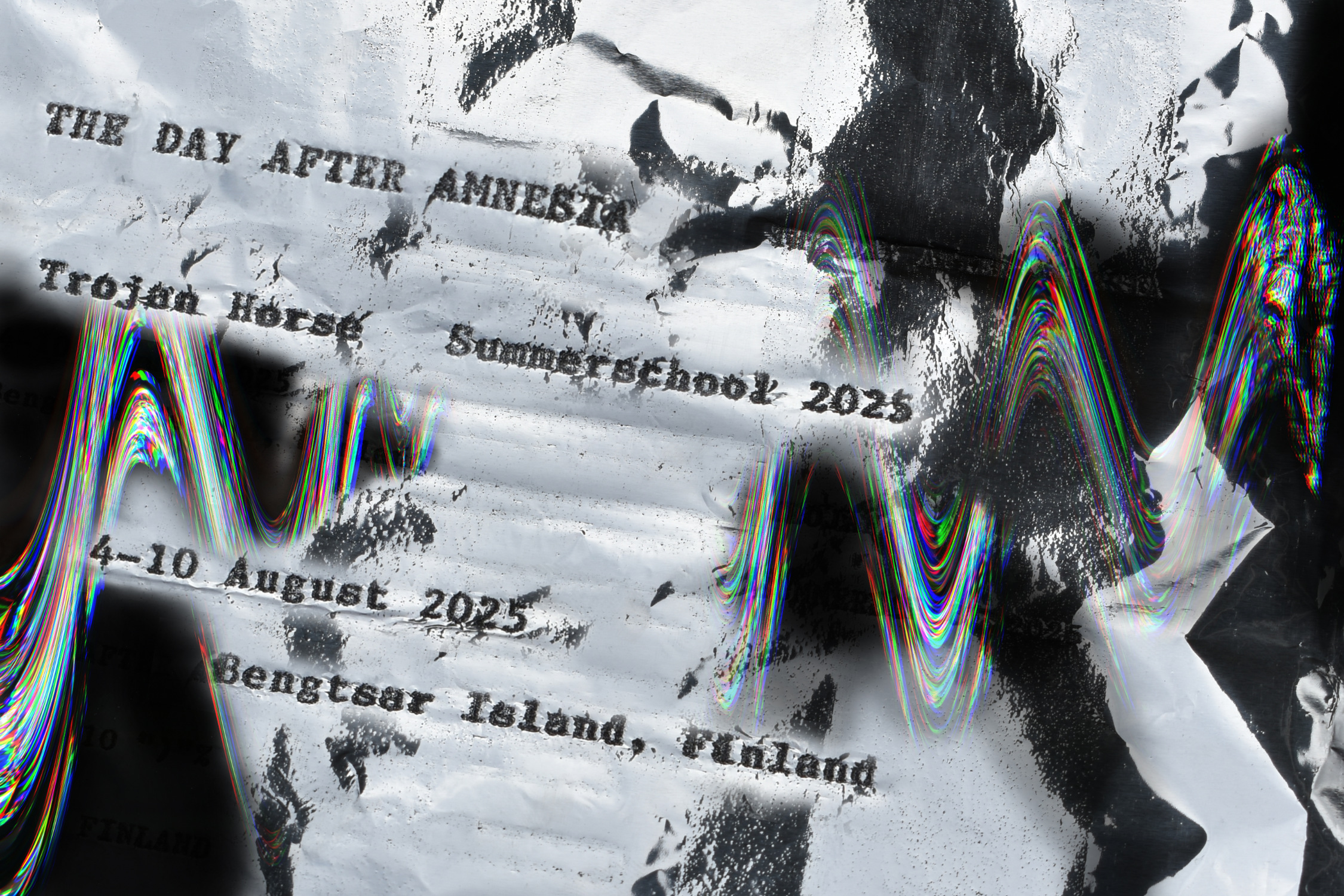
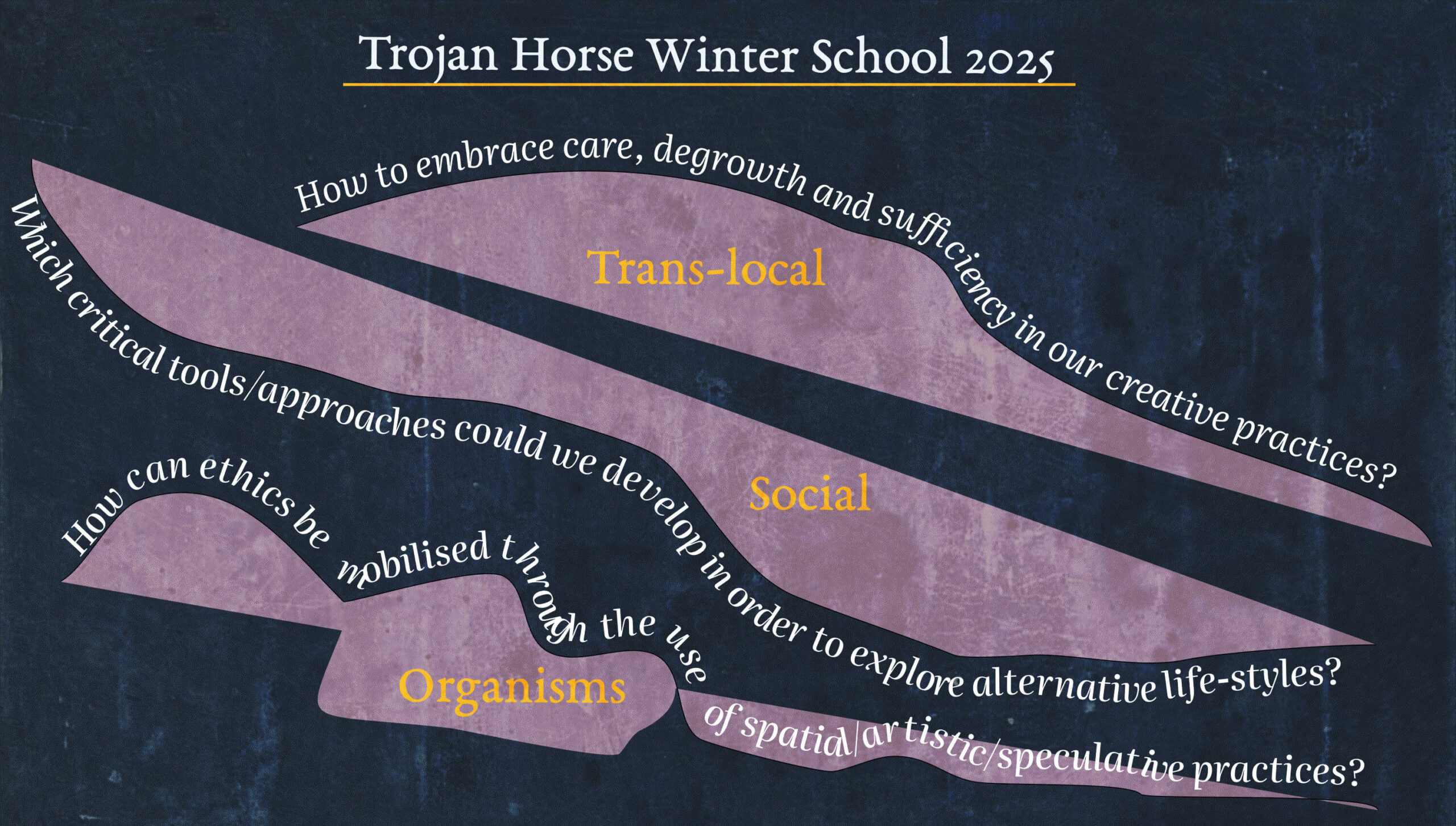

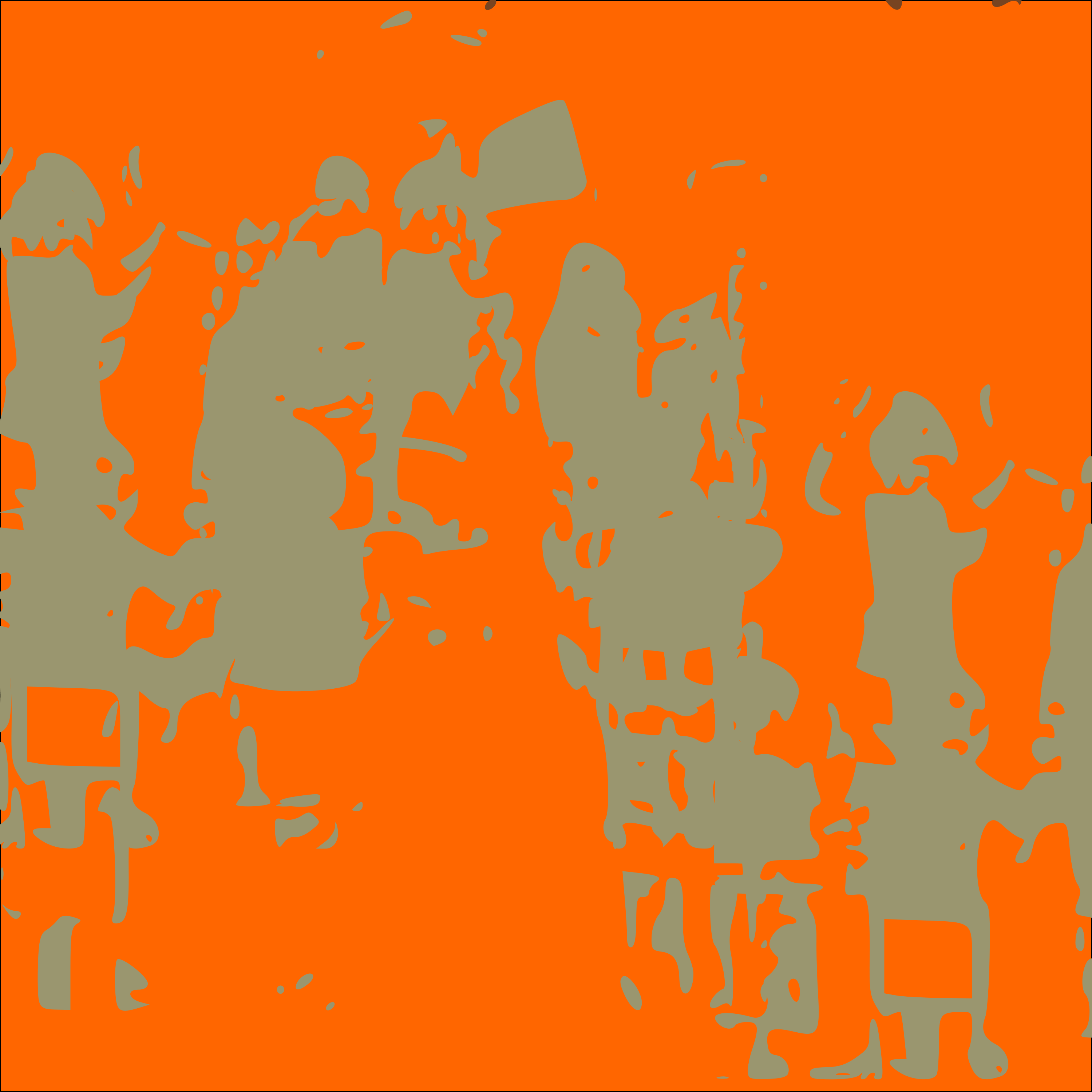
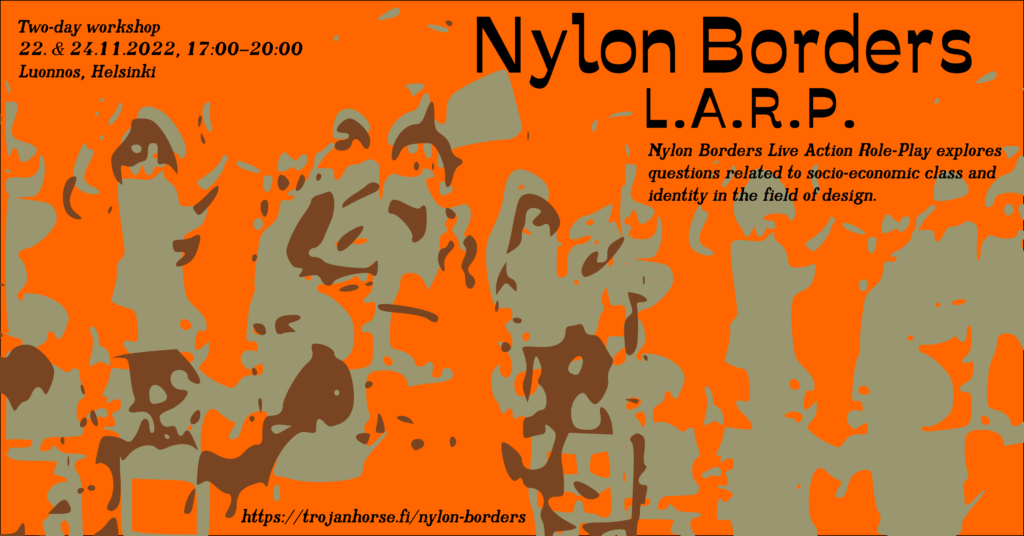
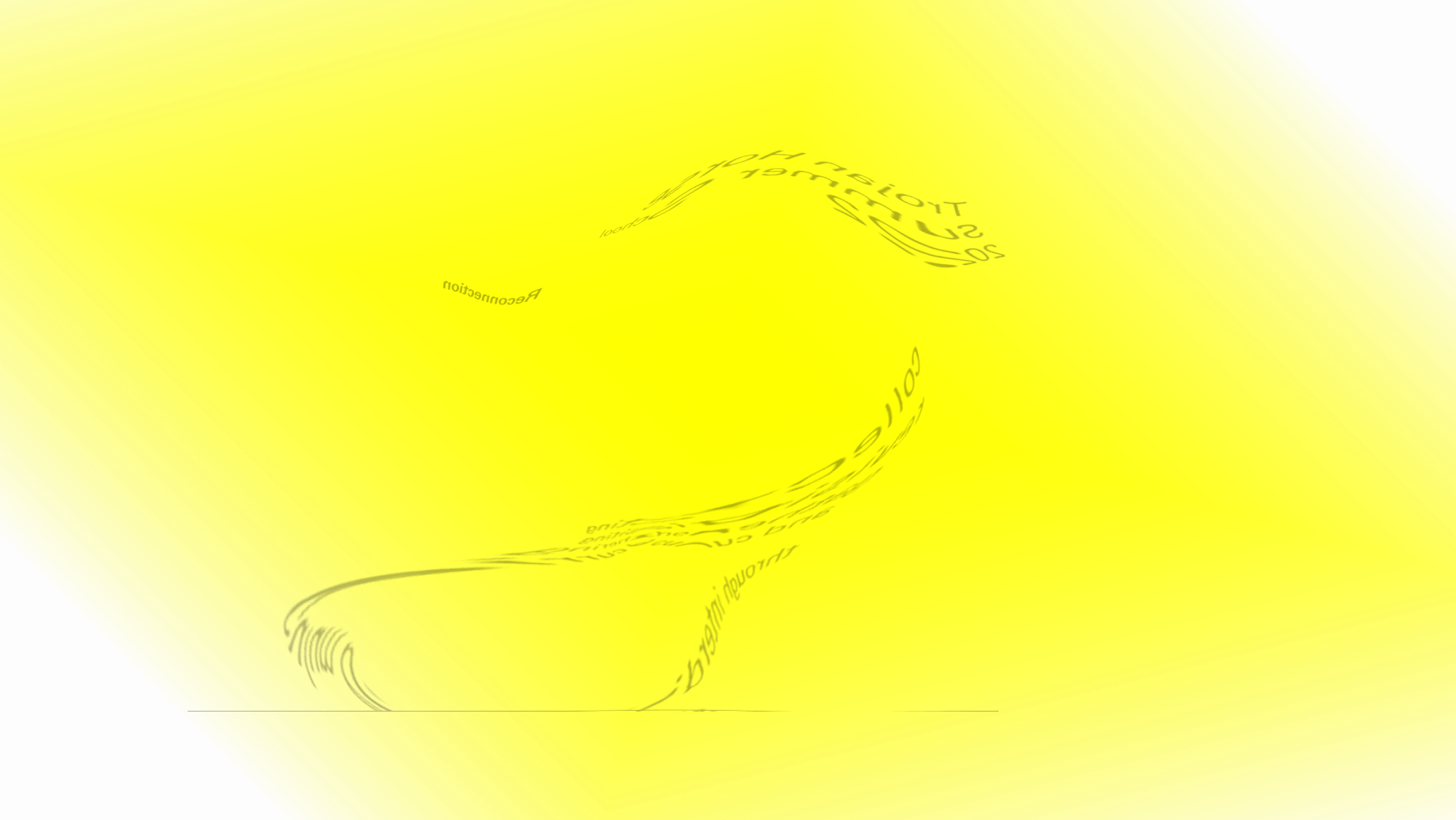
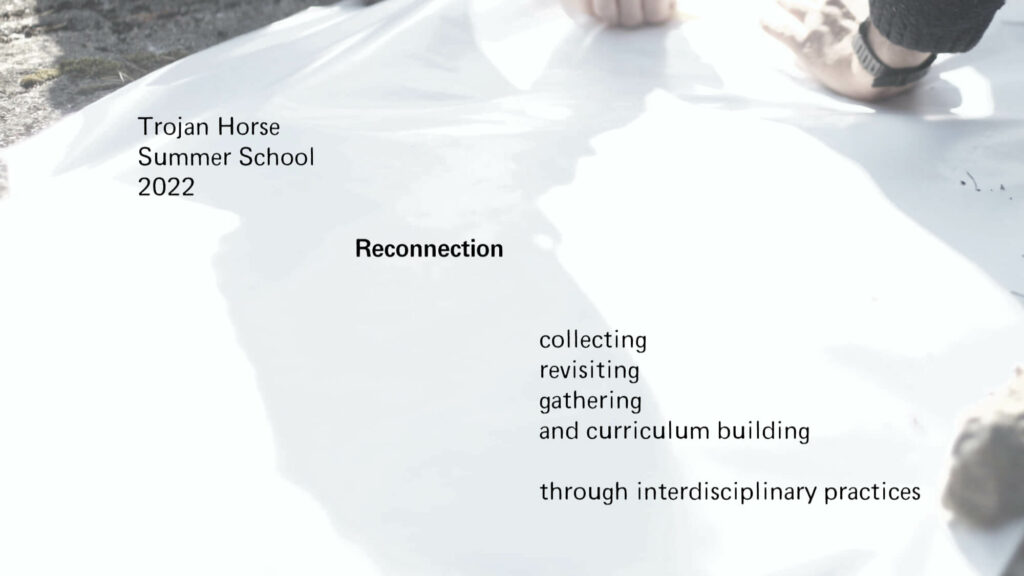
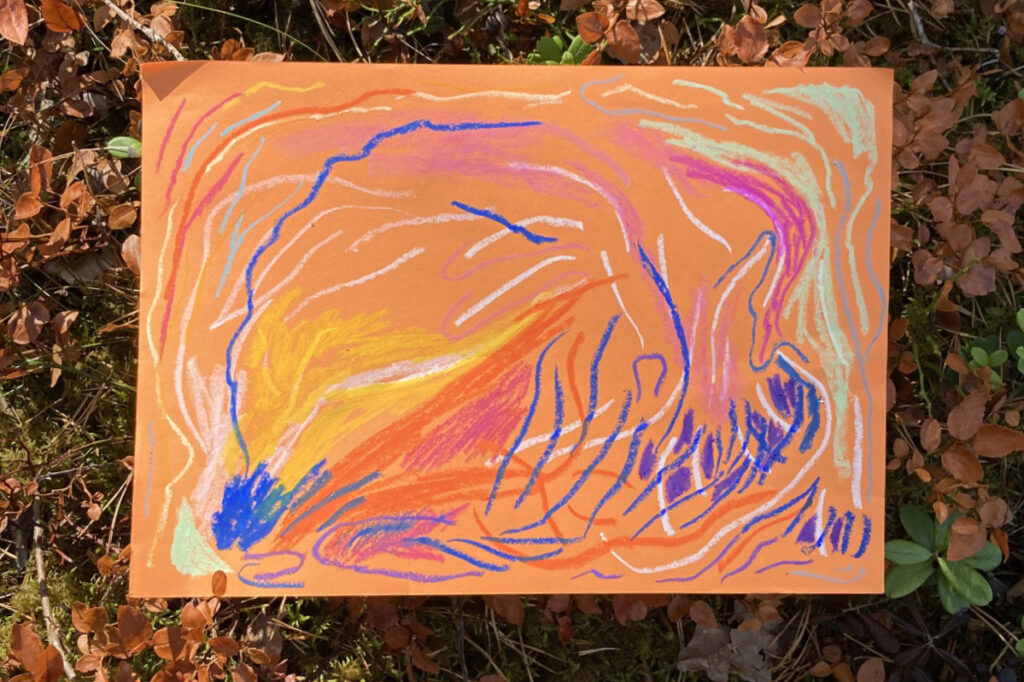
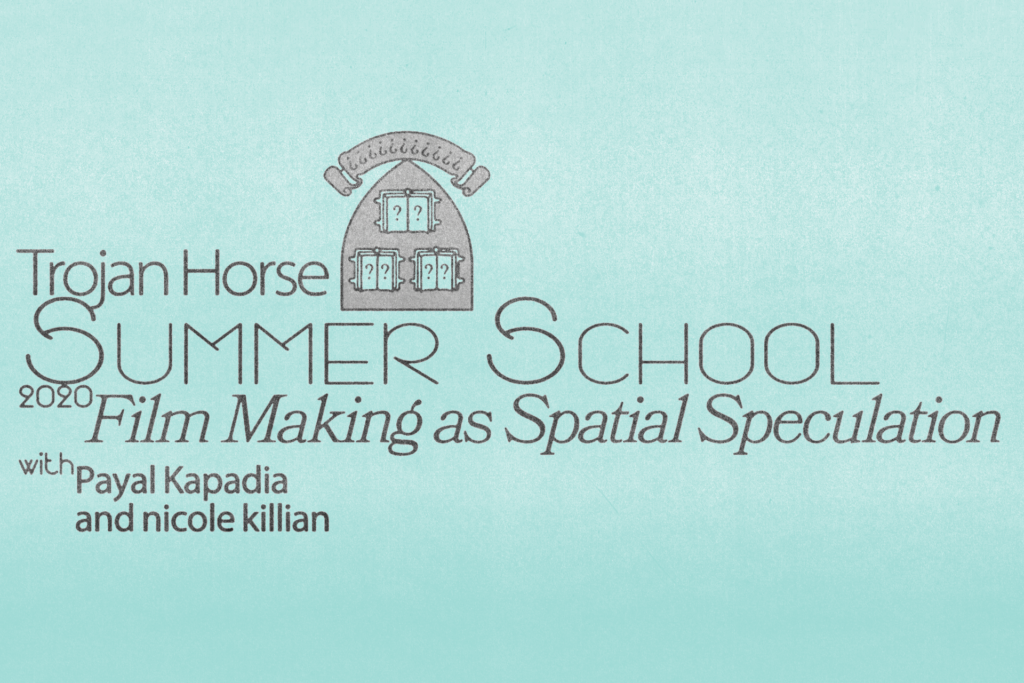
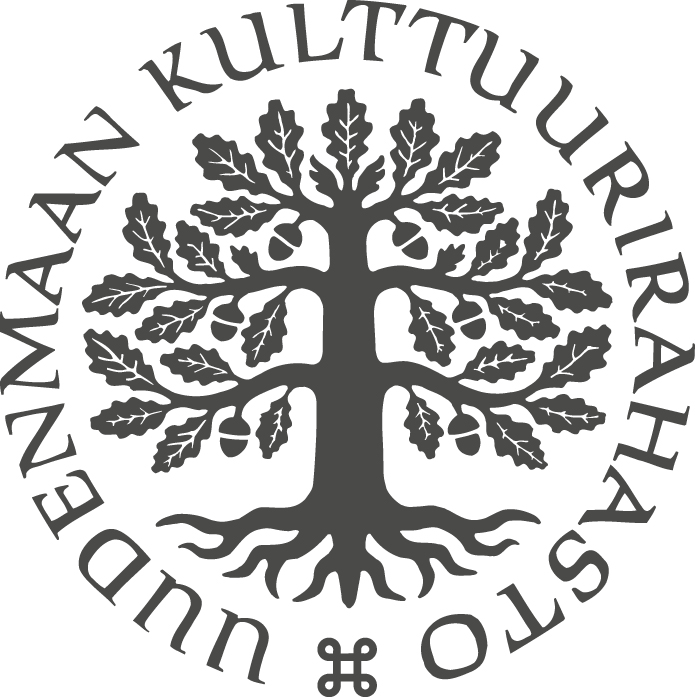
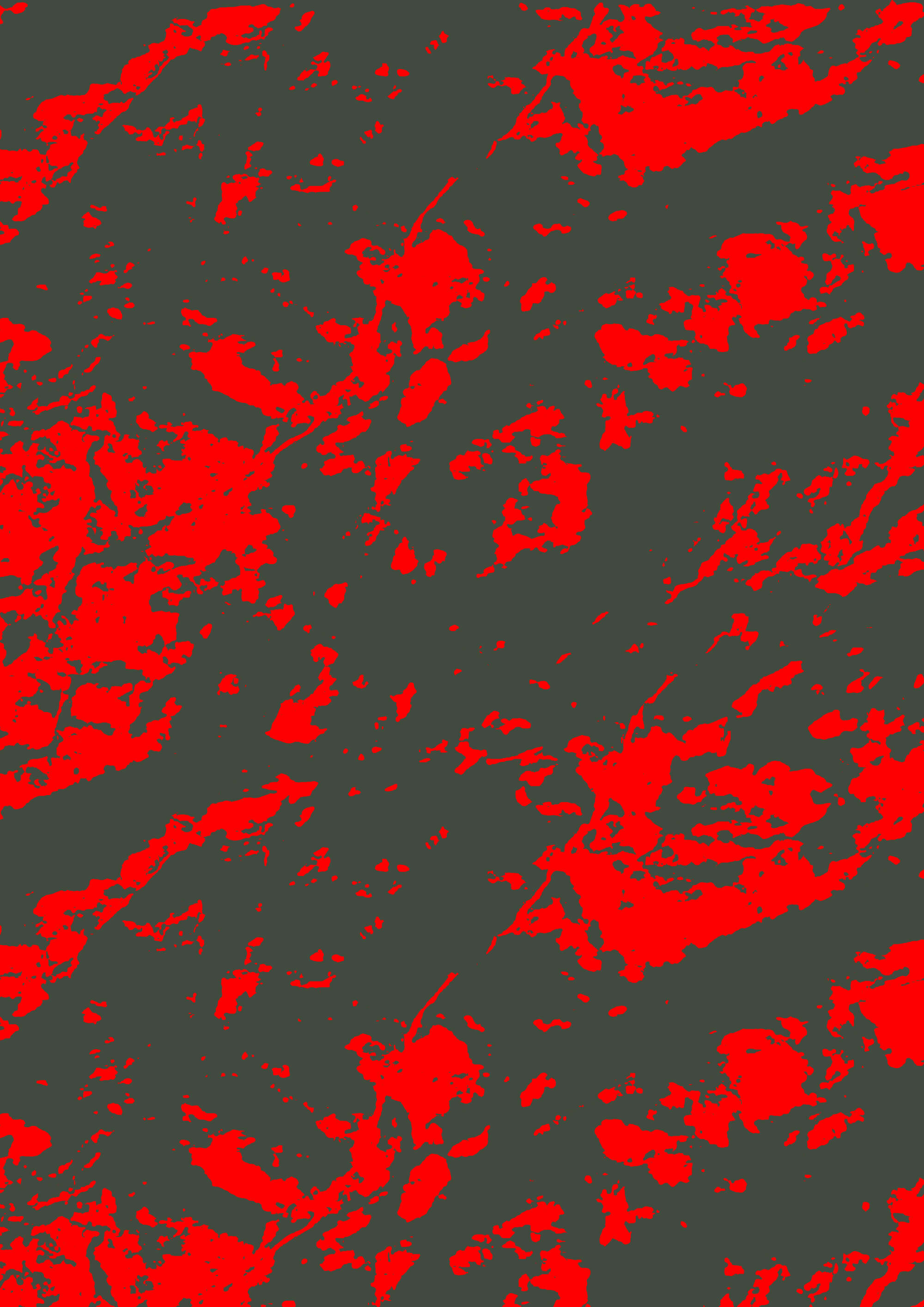
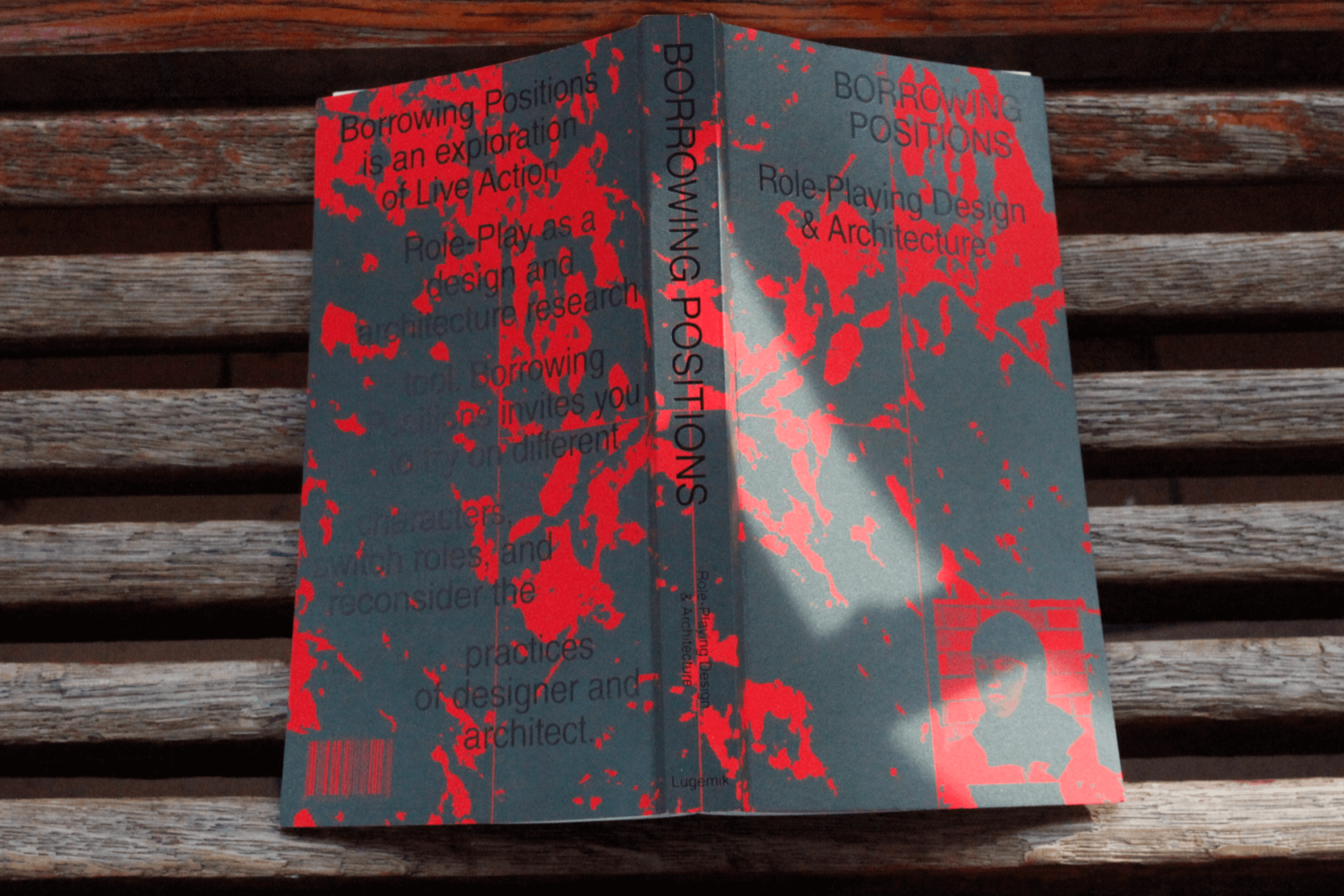
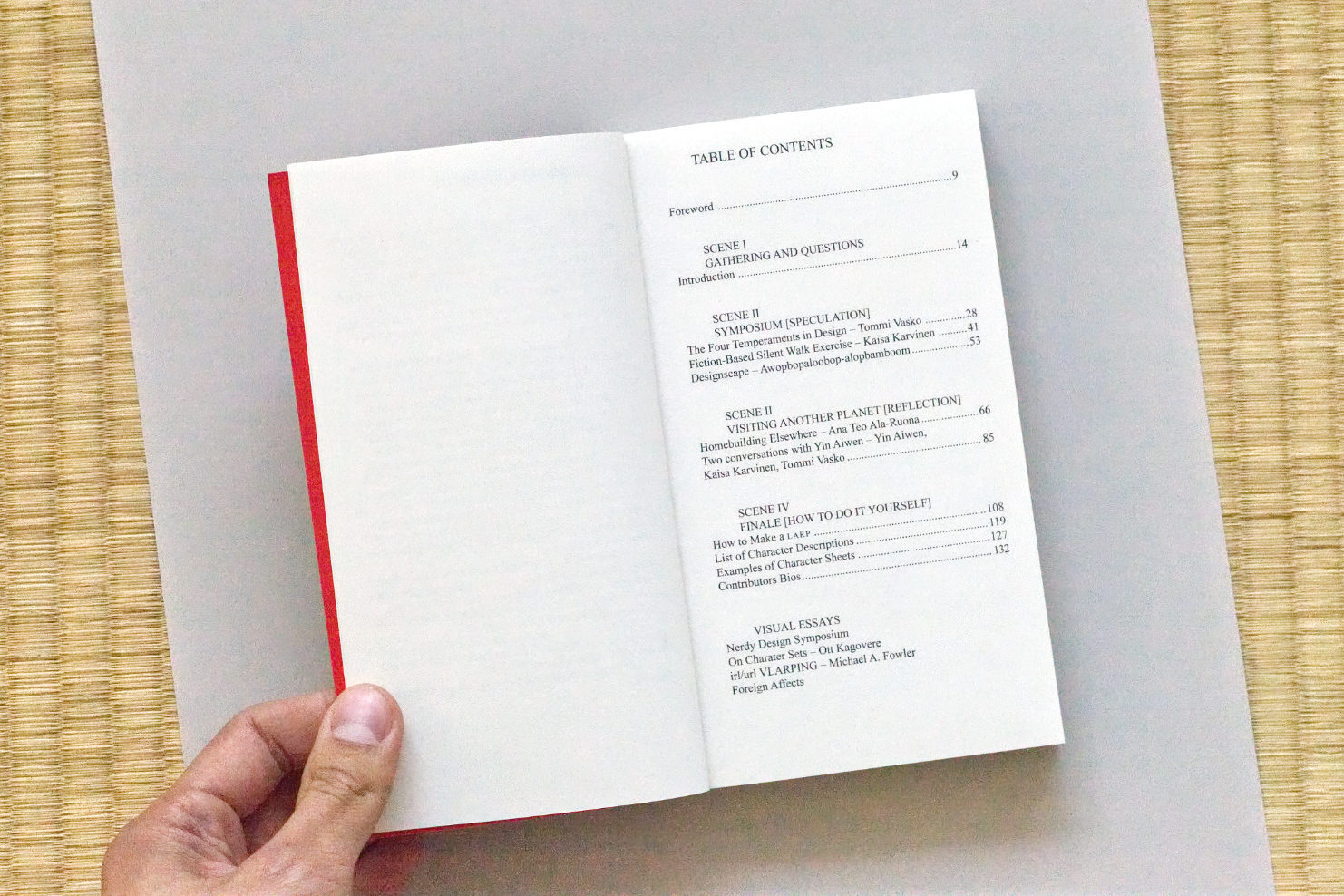
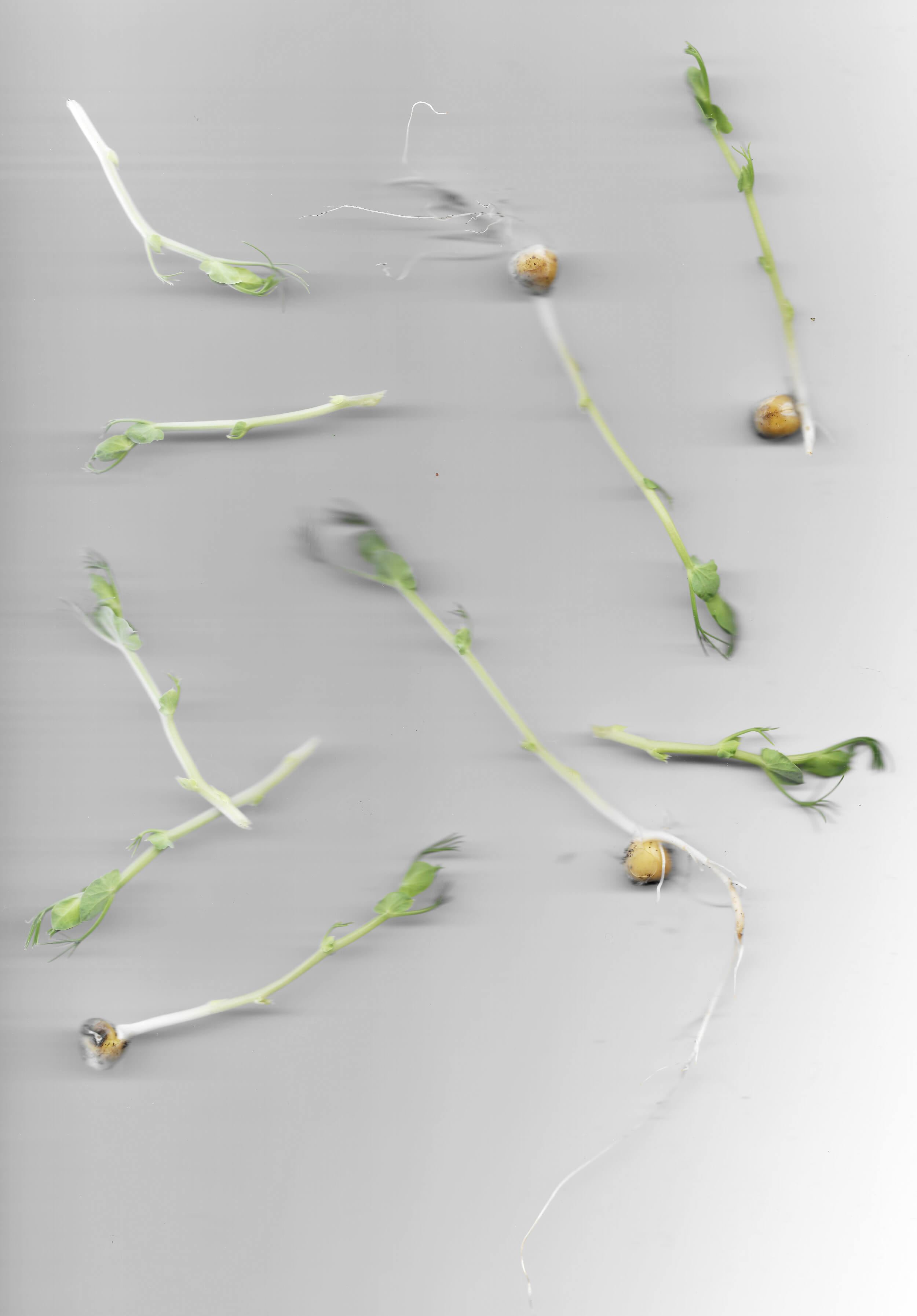
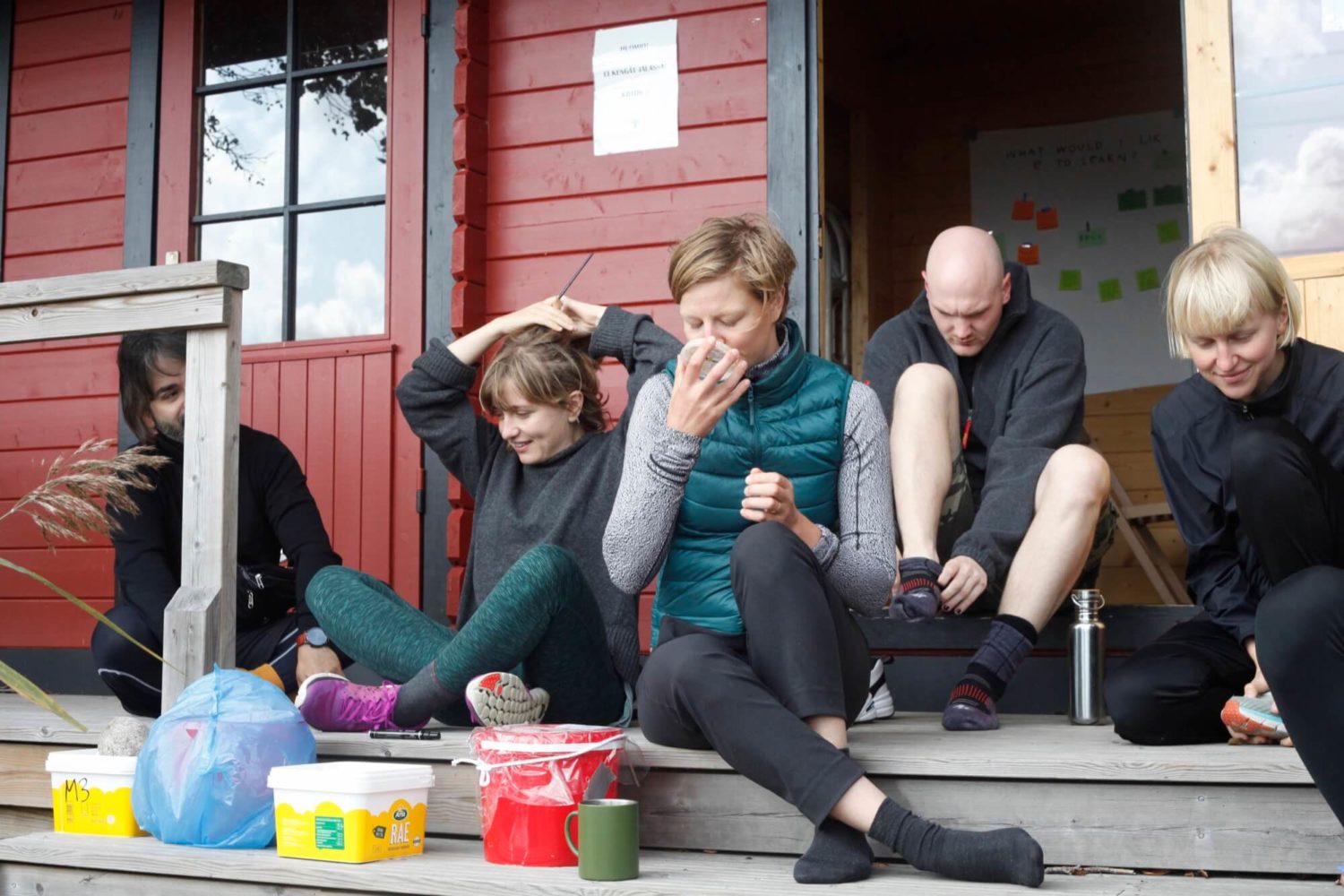
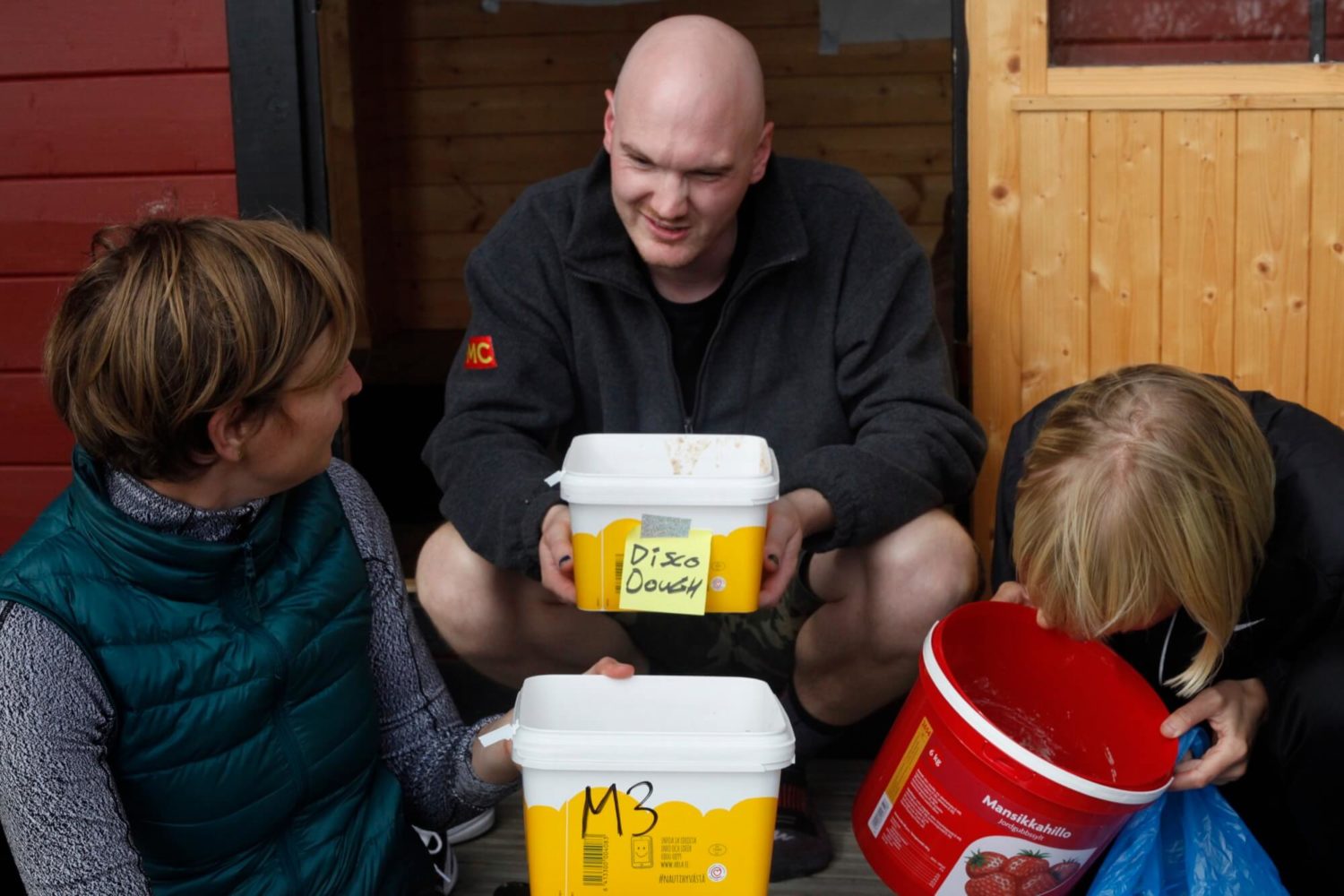
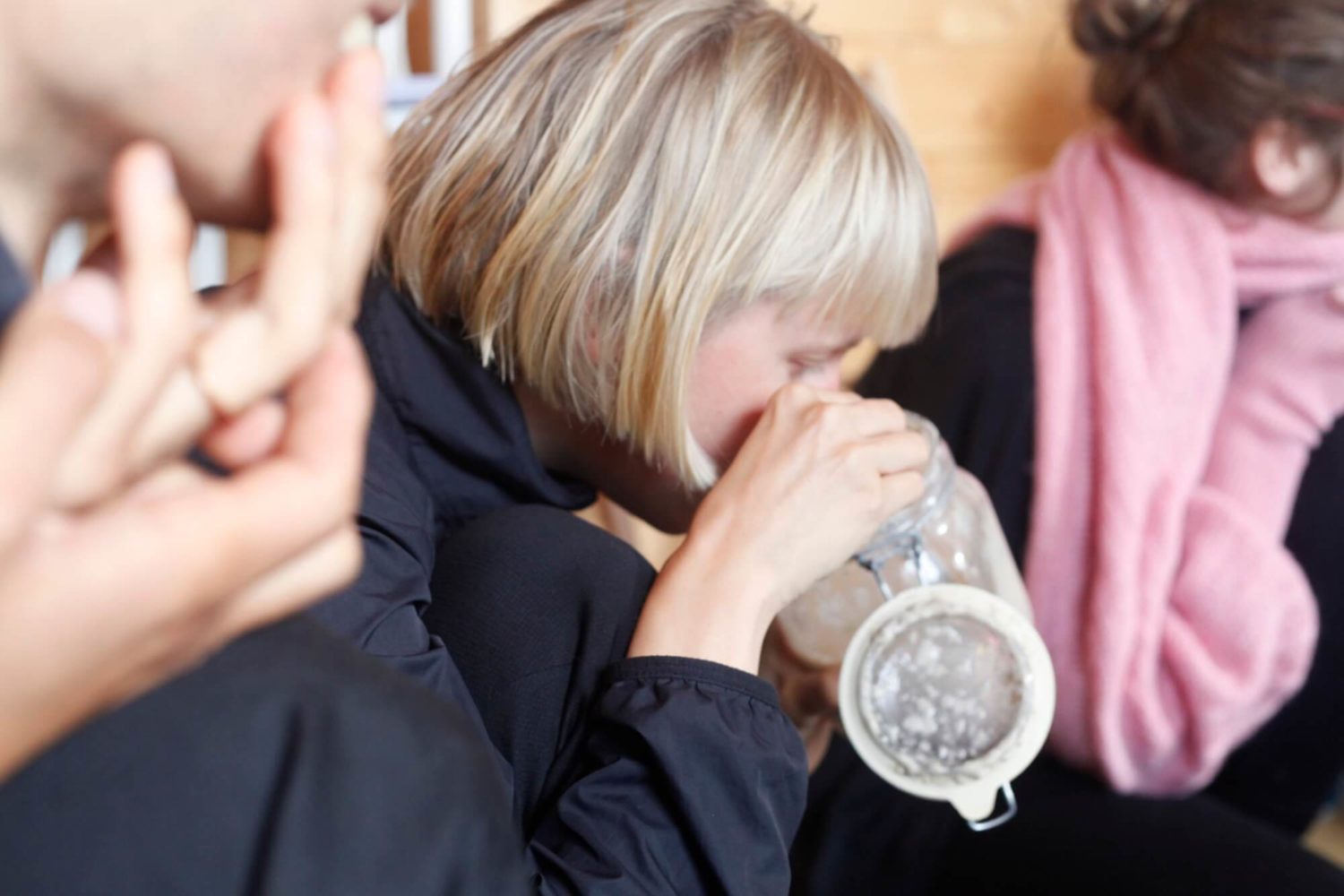
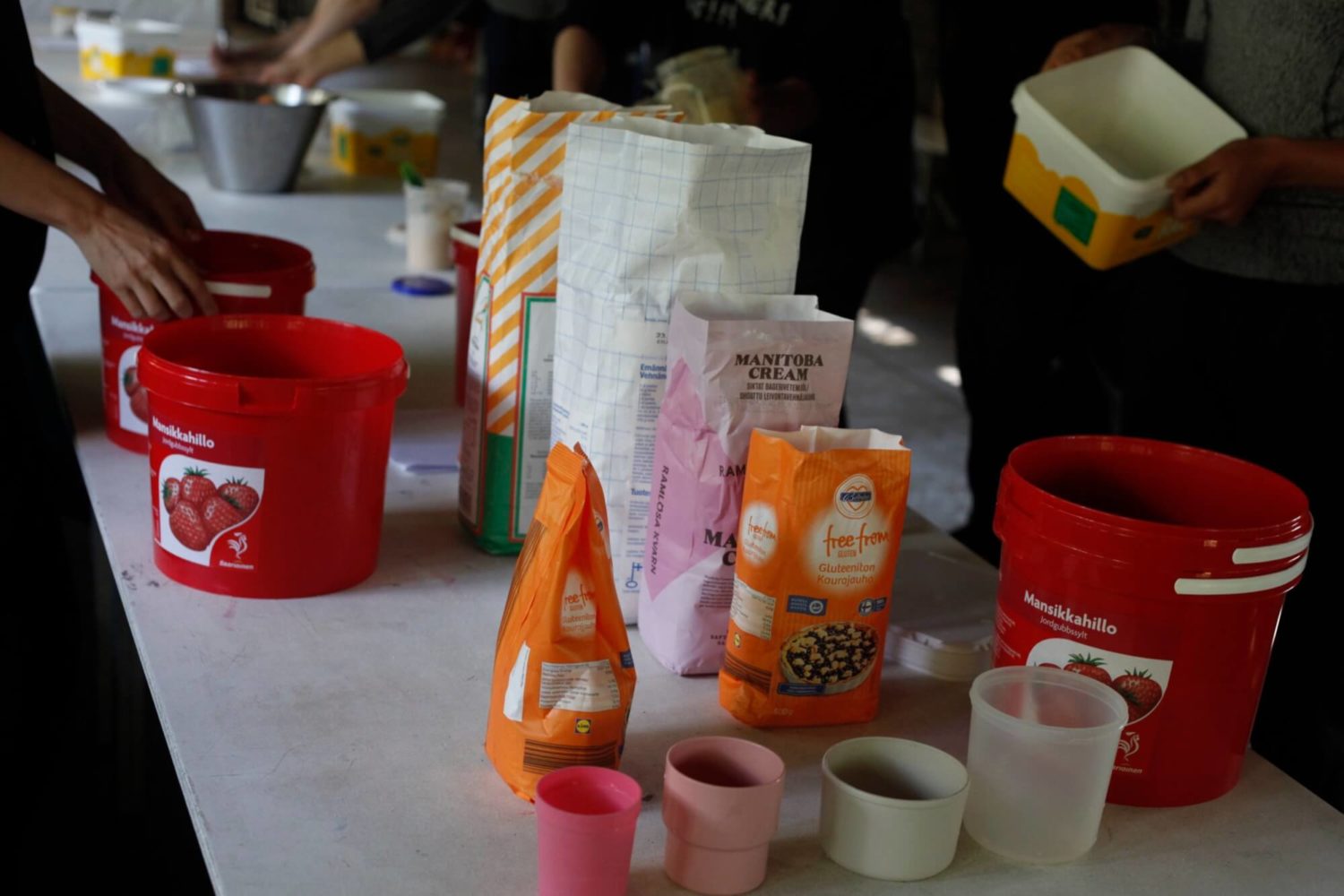
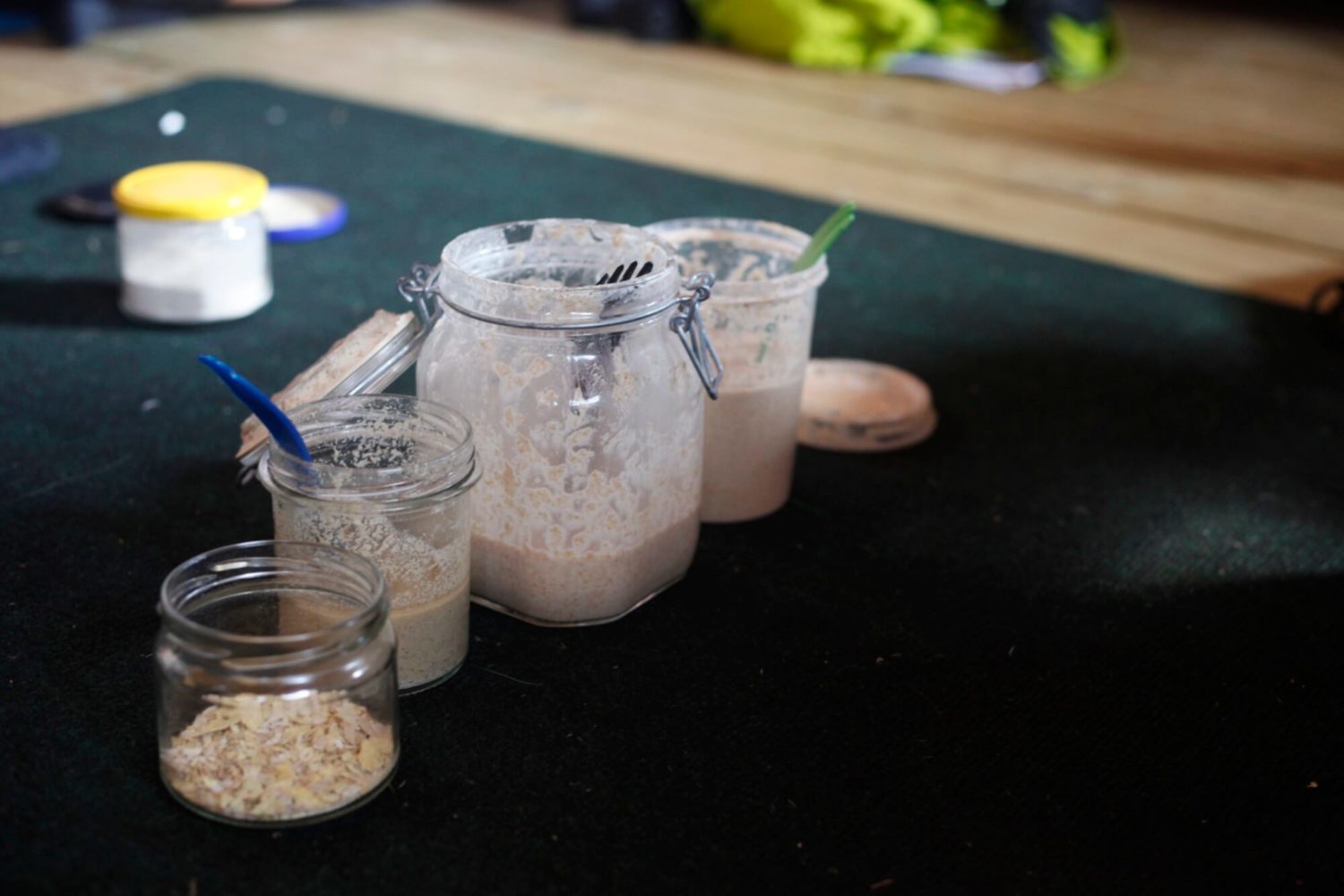
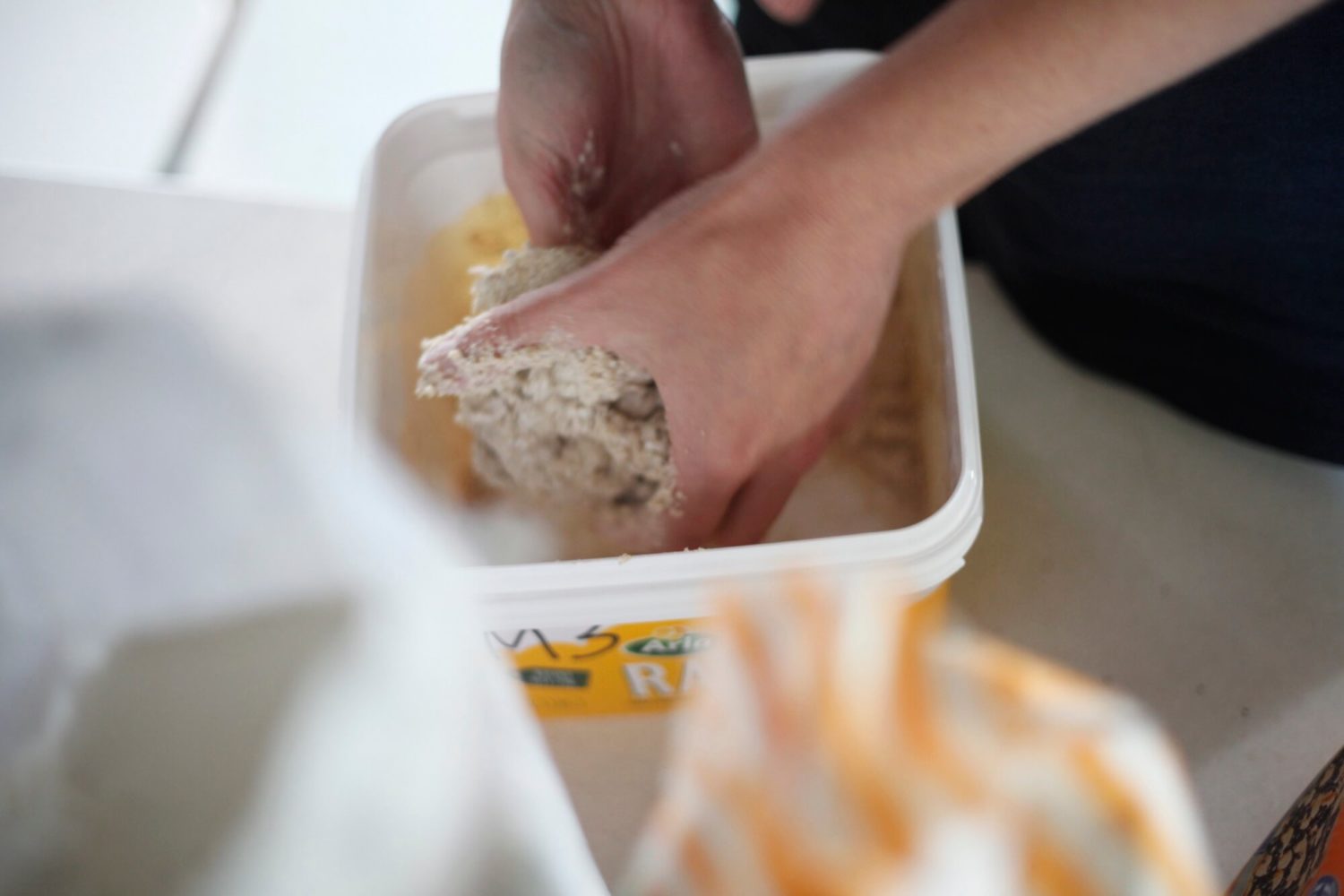
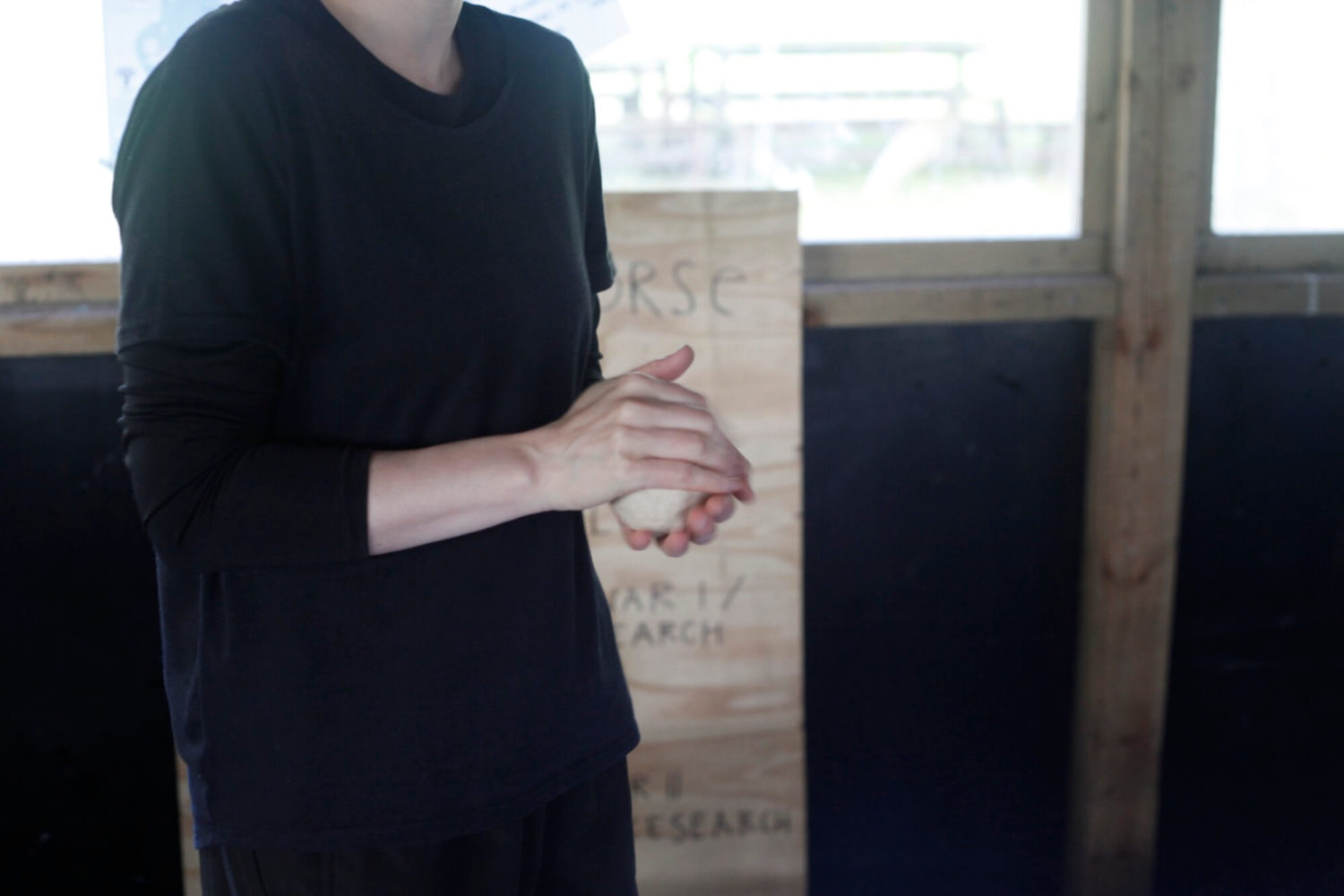
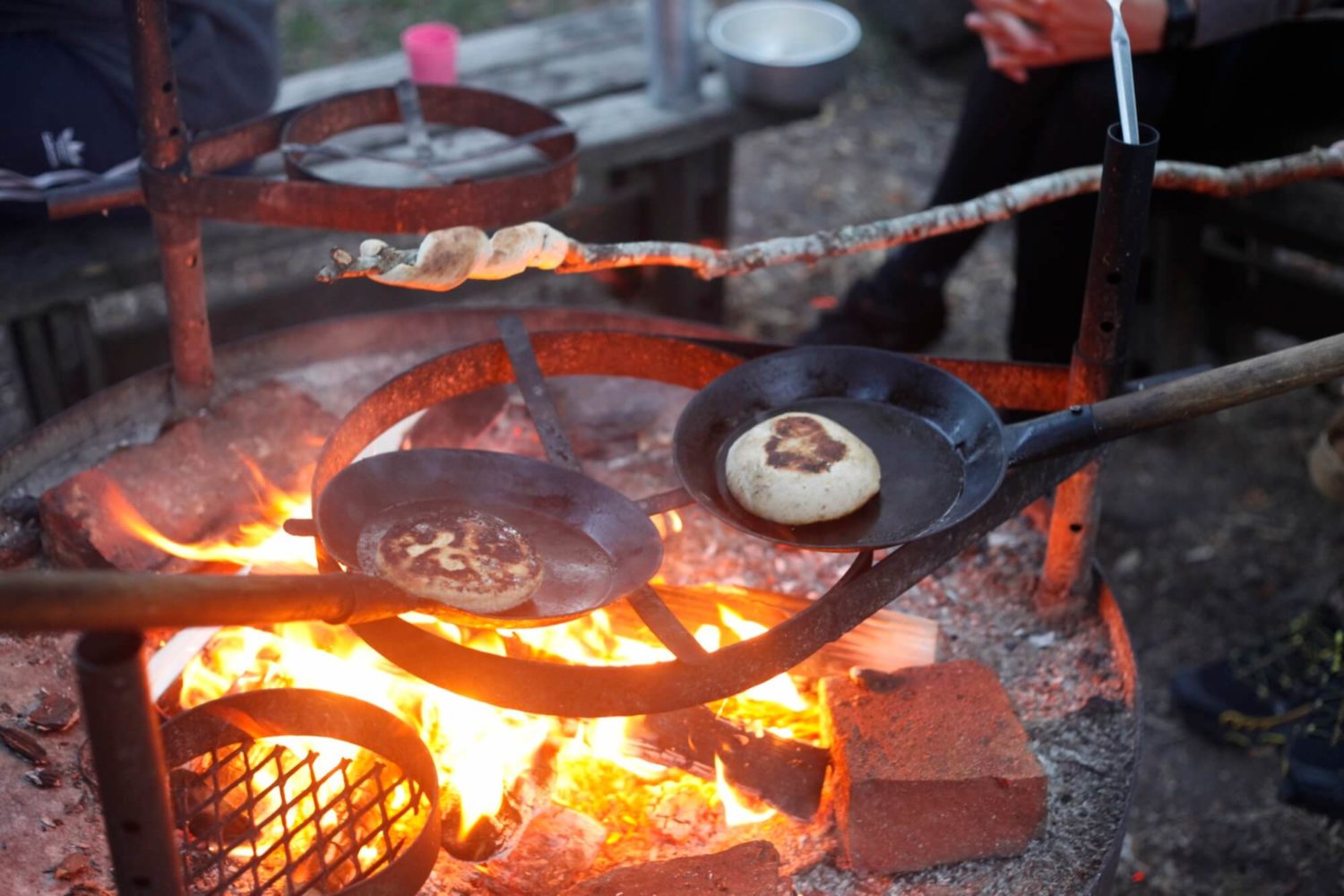
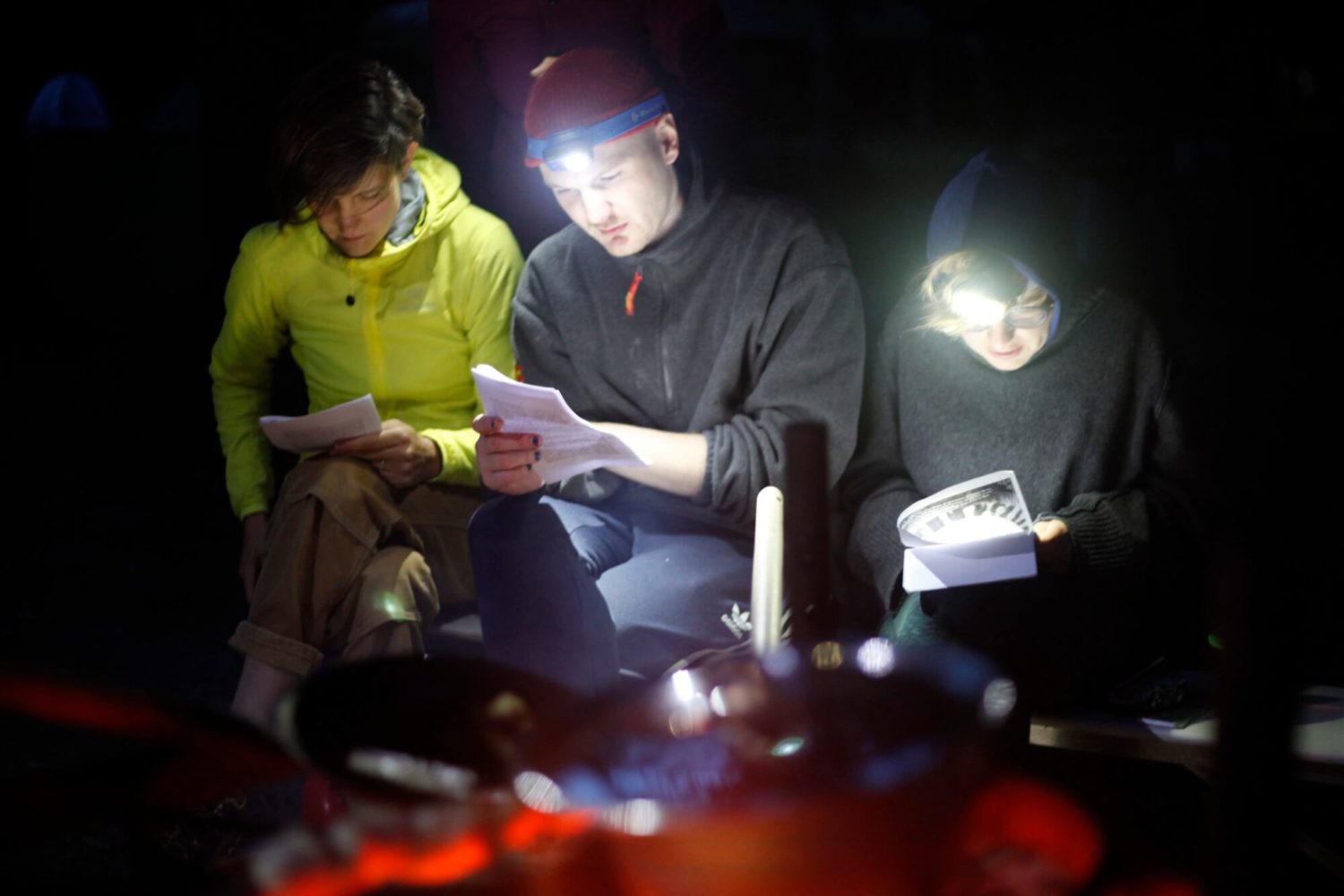
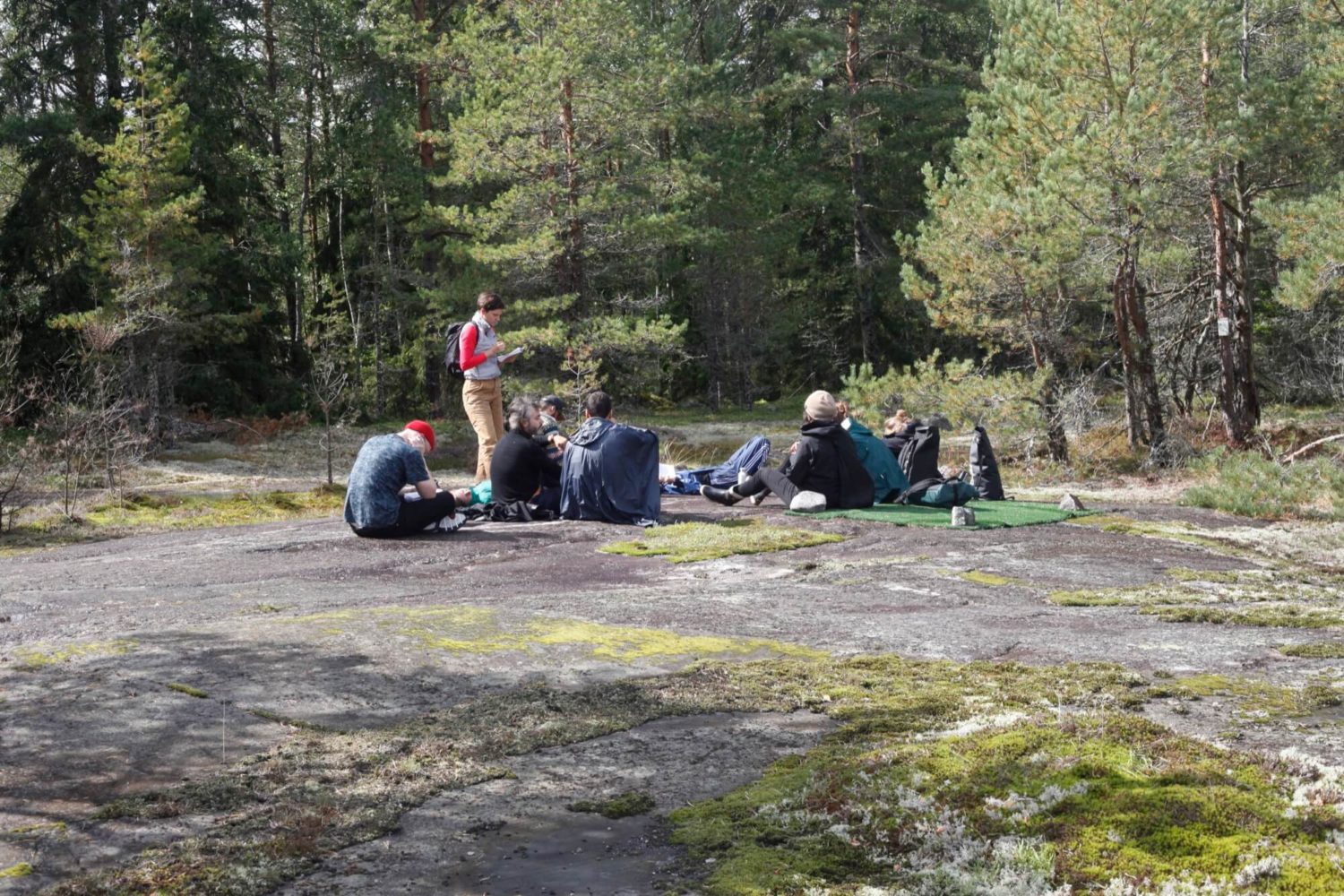
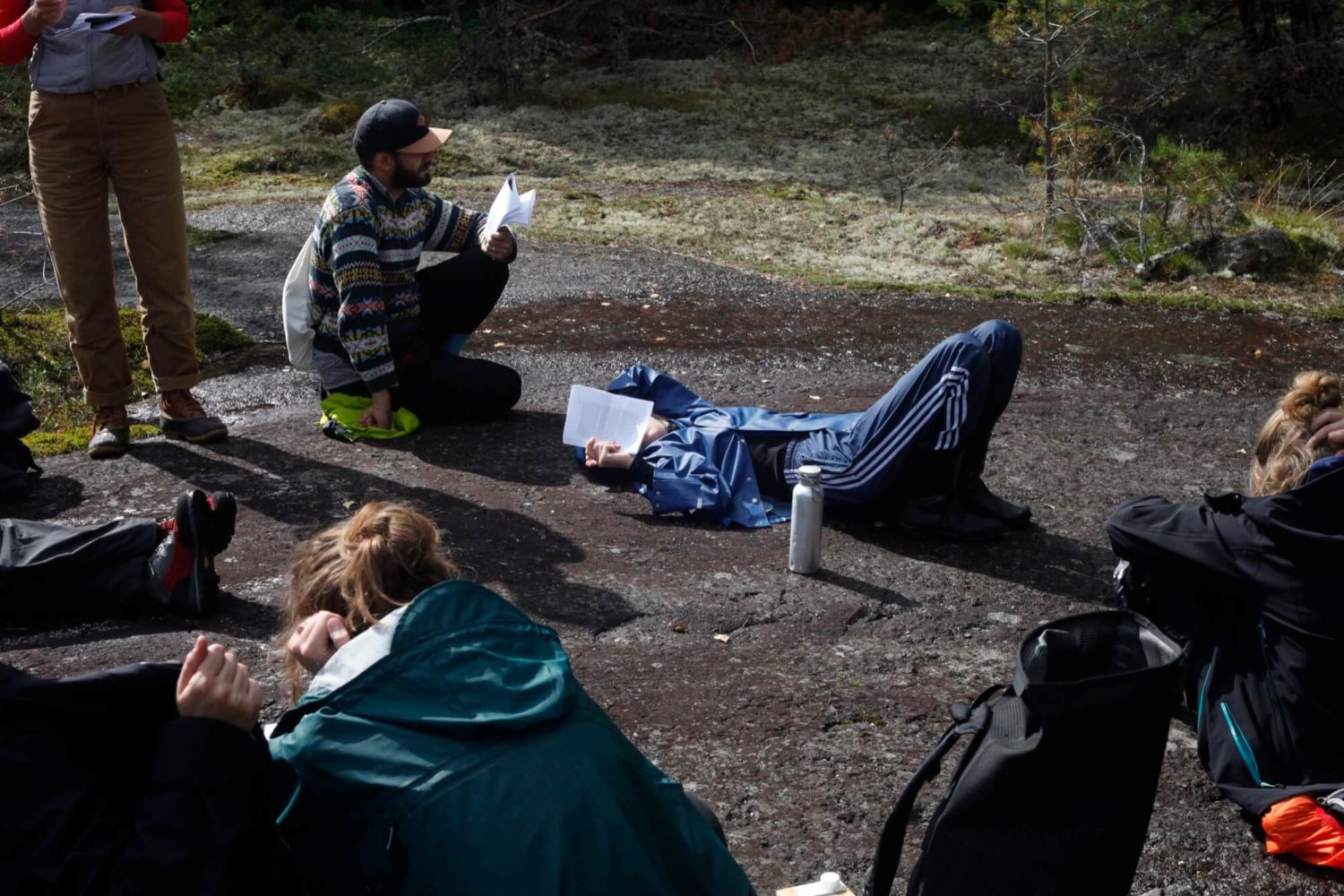
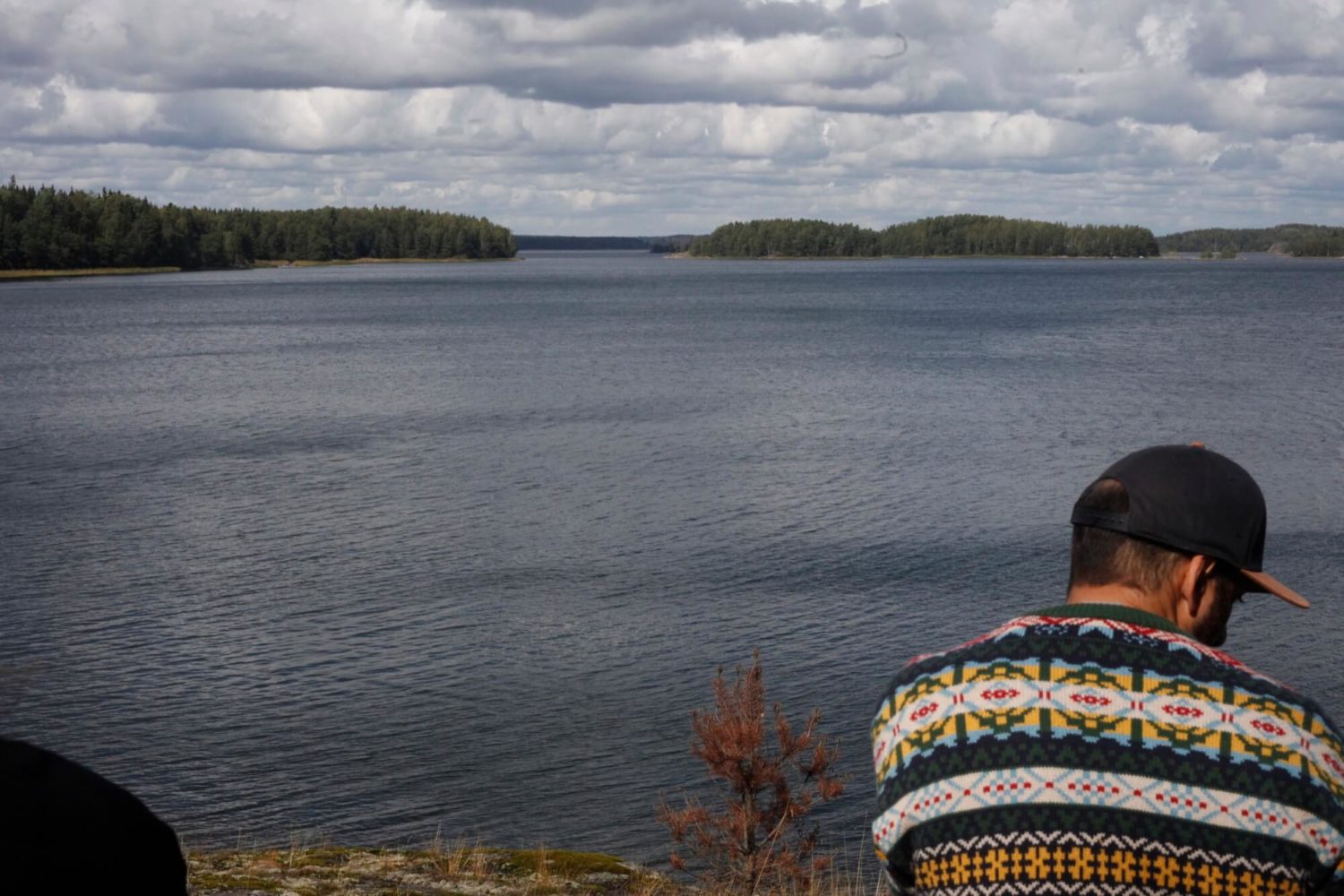
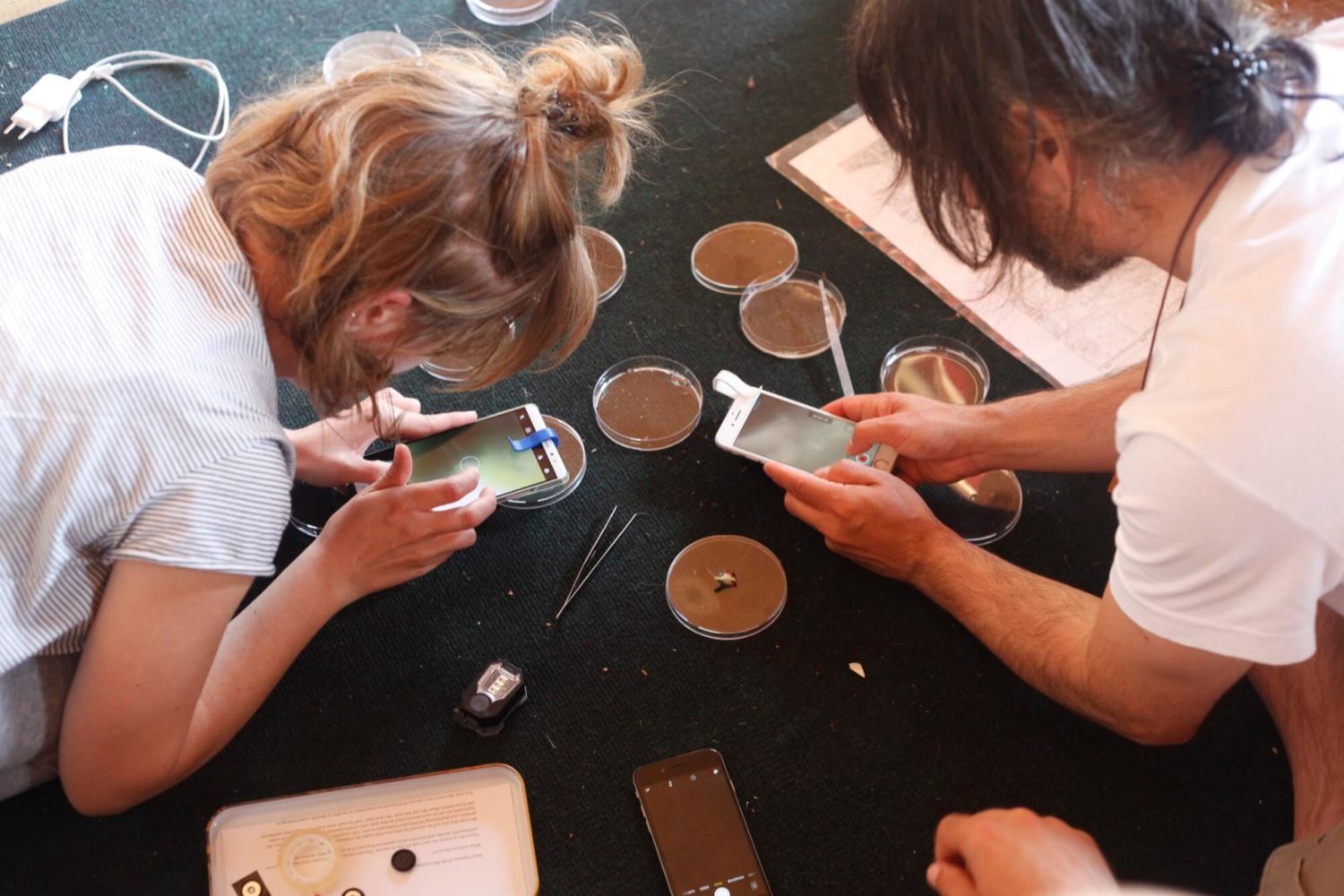
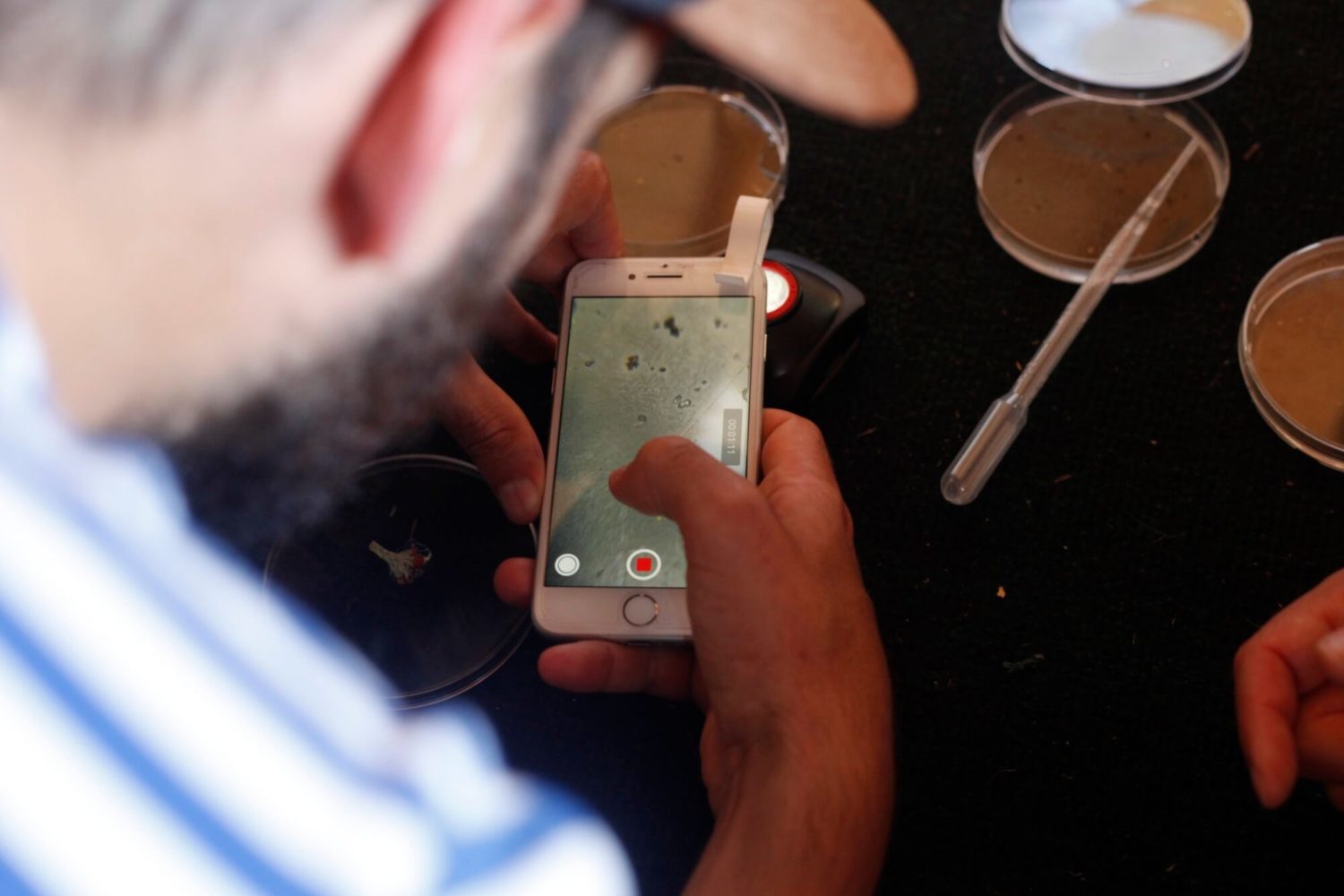
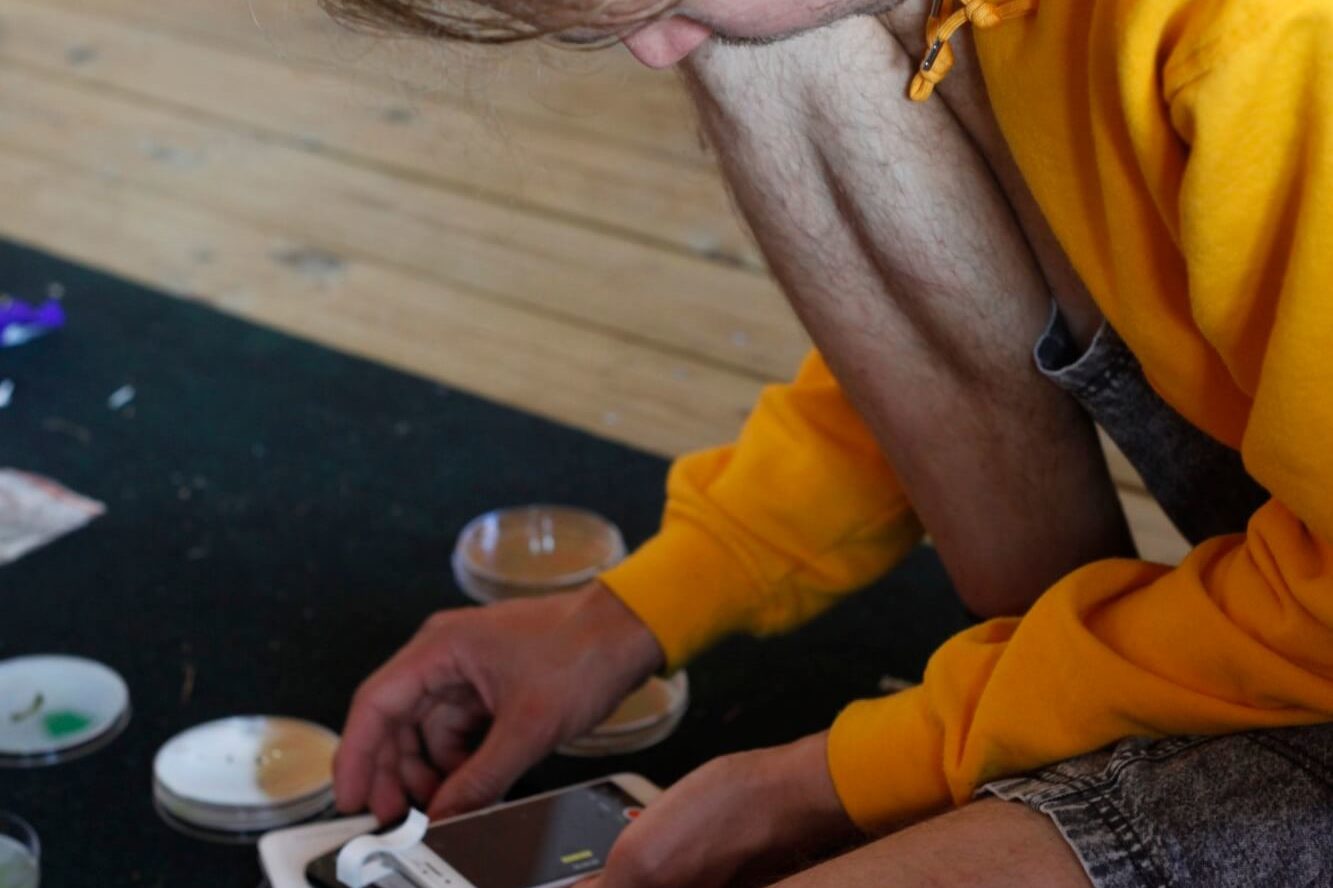
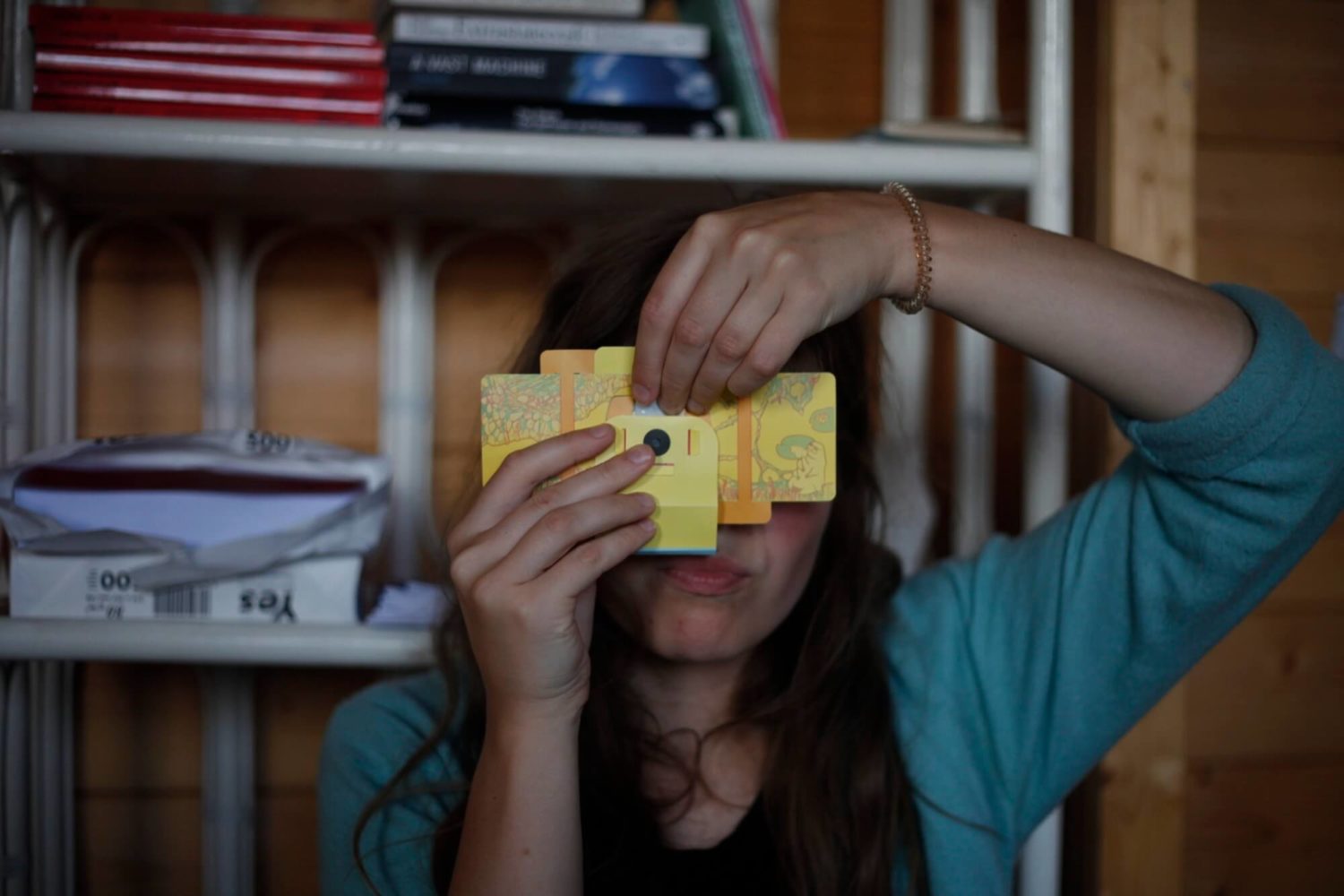
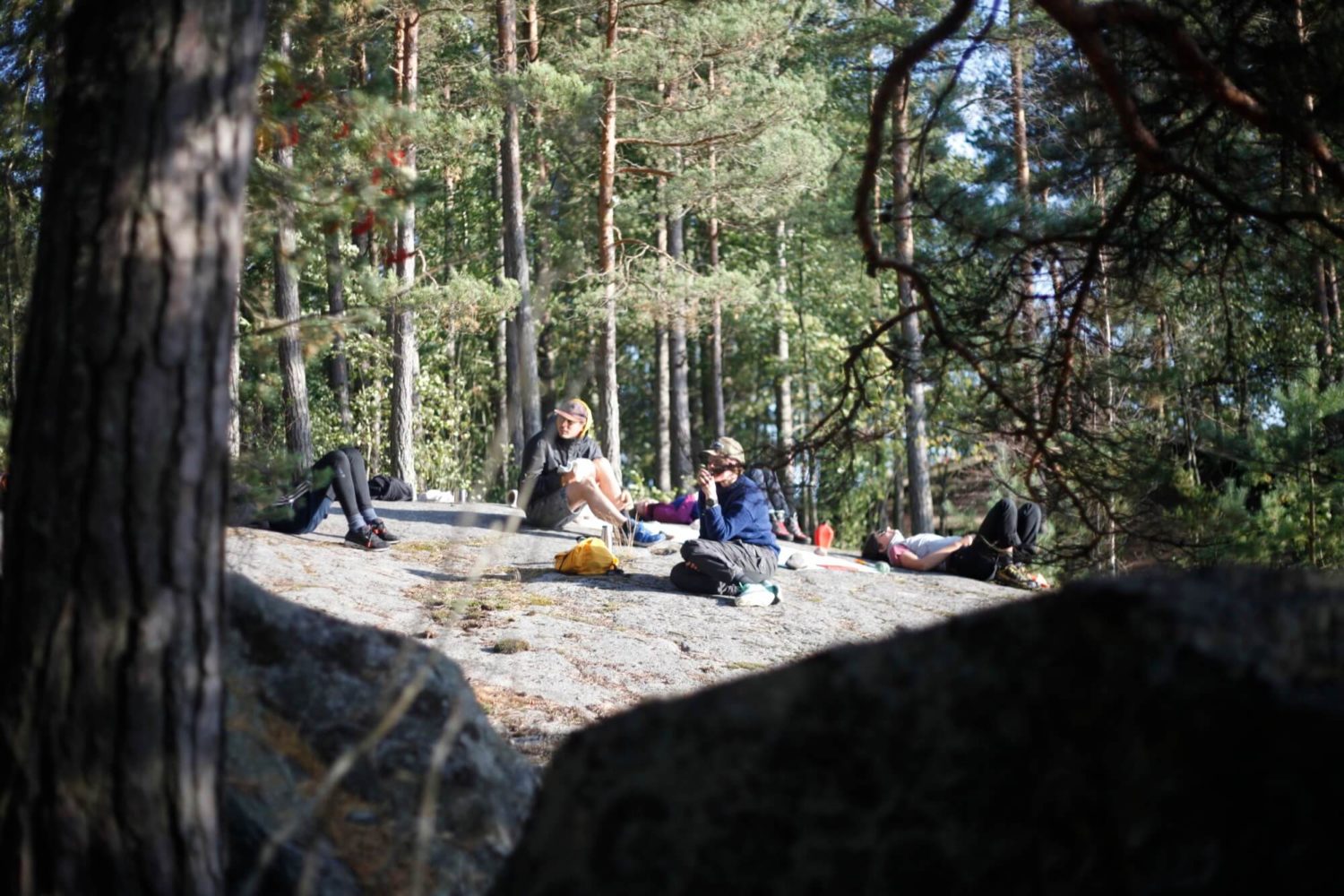
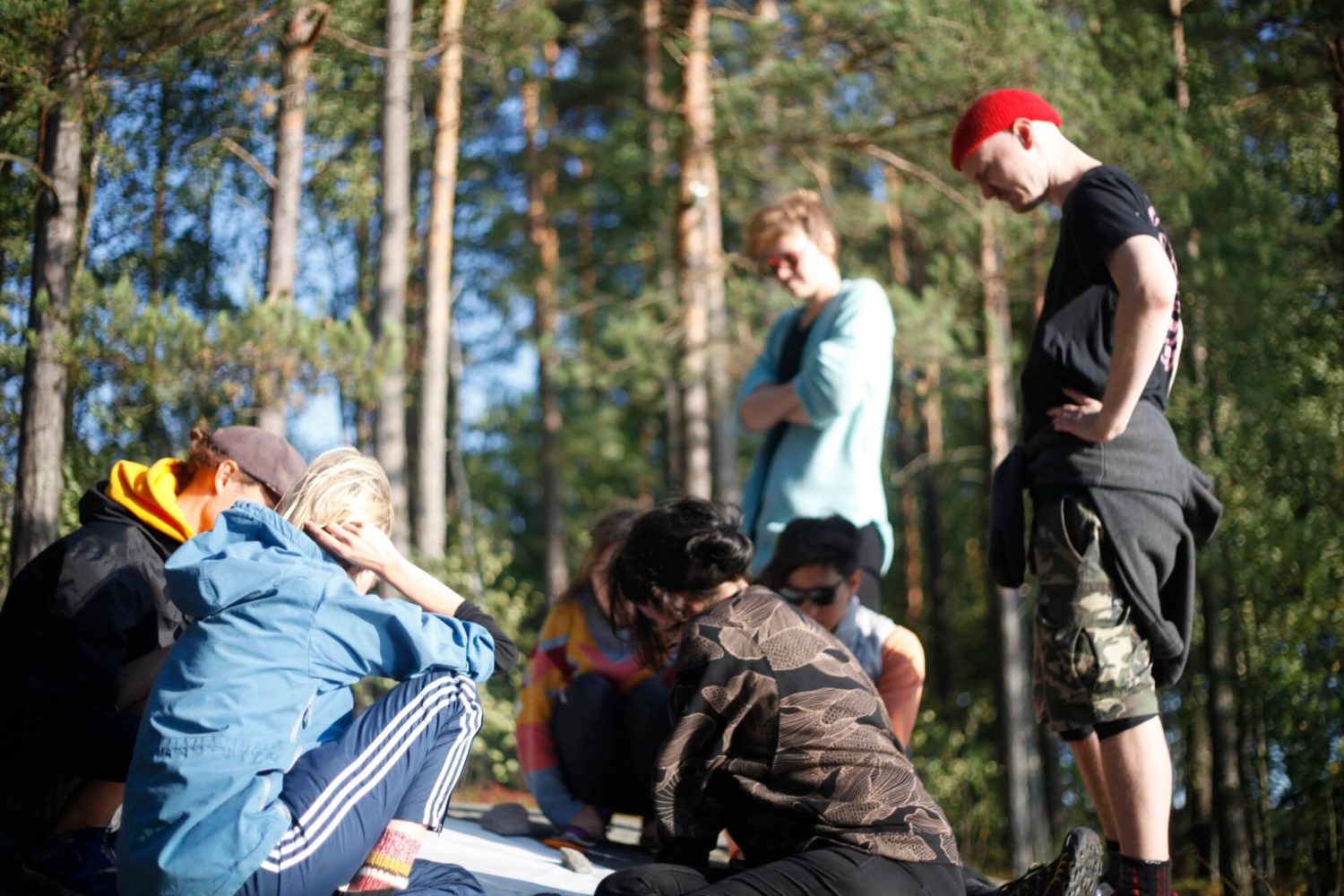
info@trojanhorse.fi / Facebook / Instagram